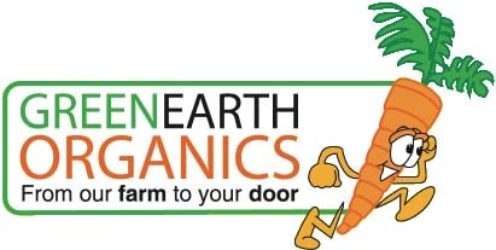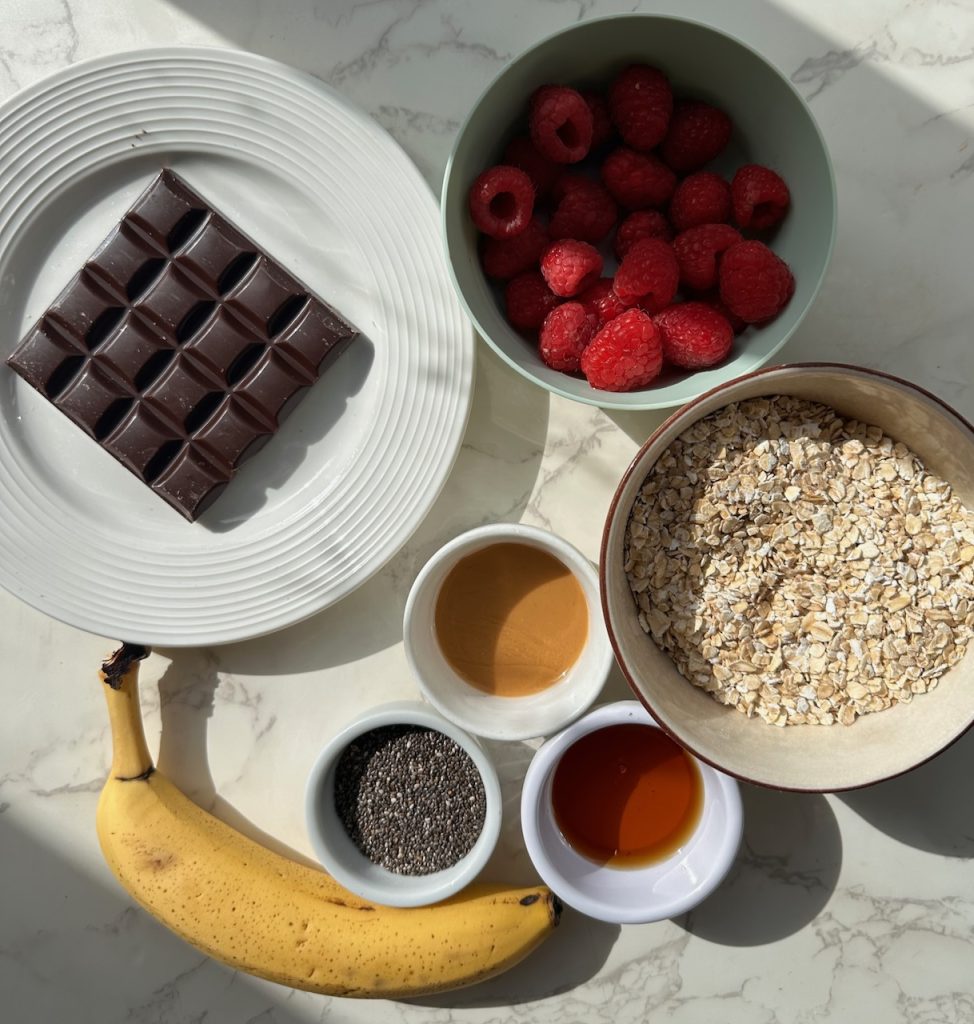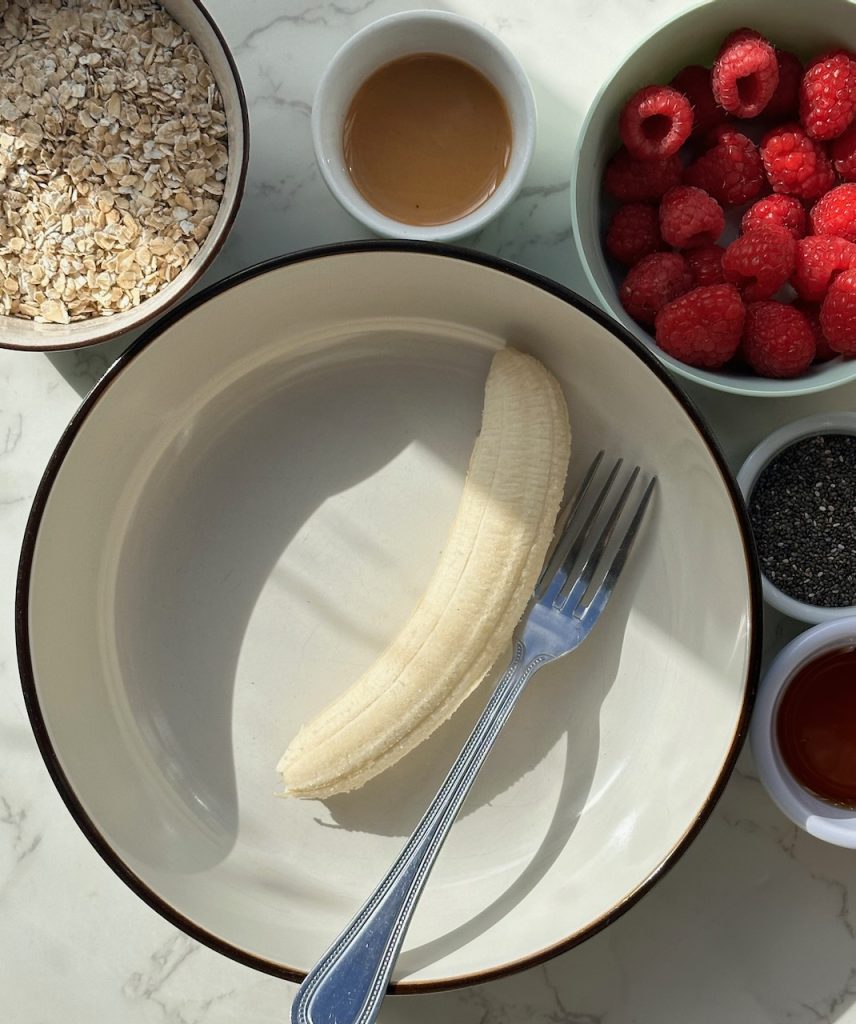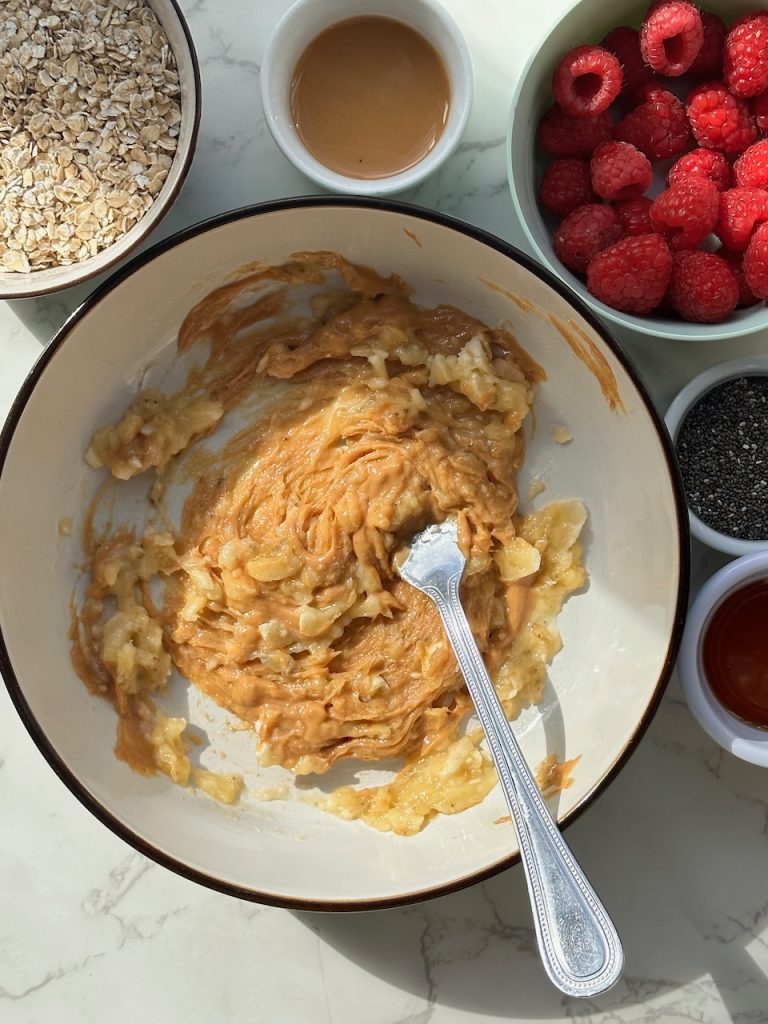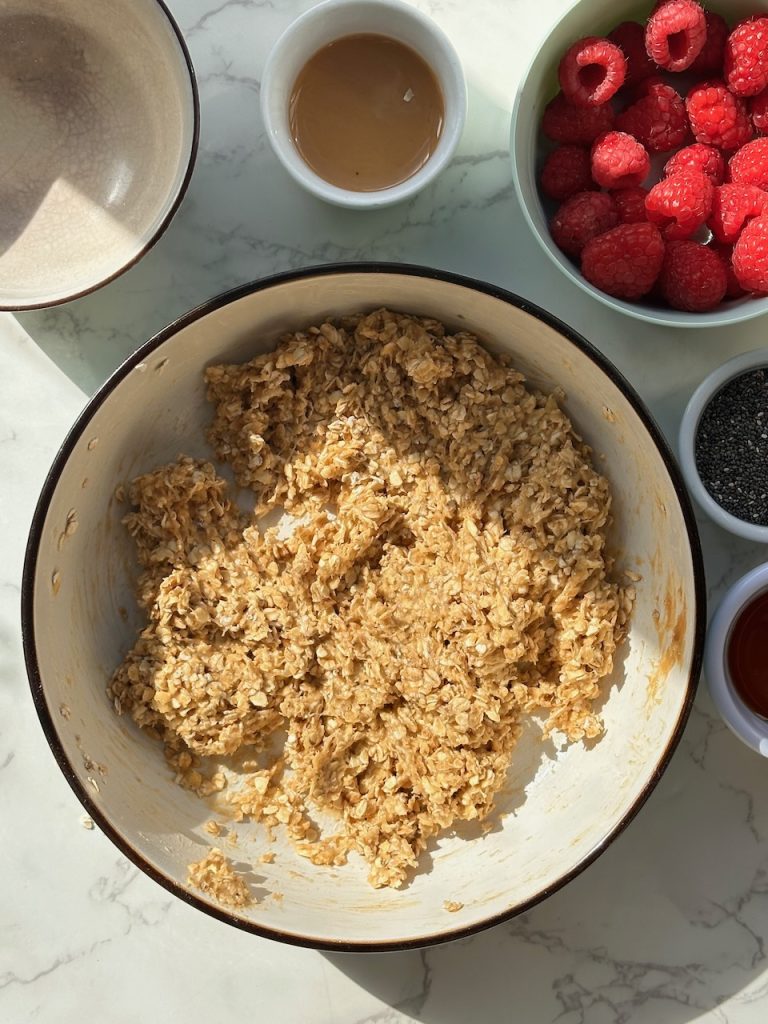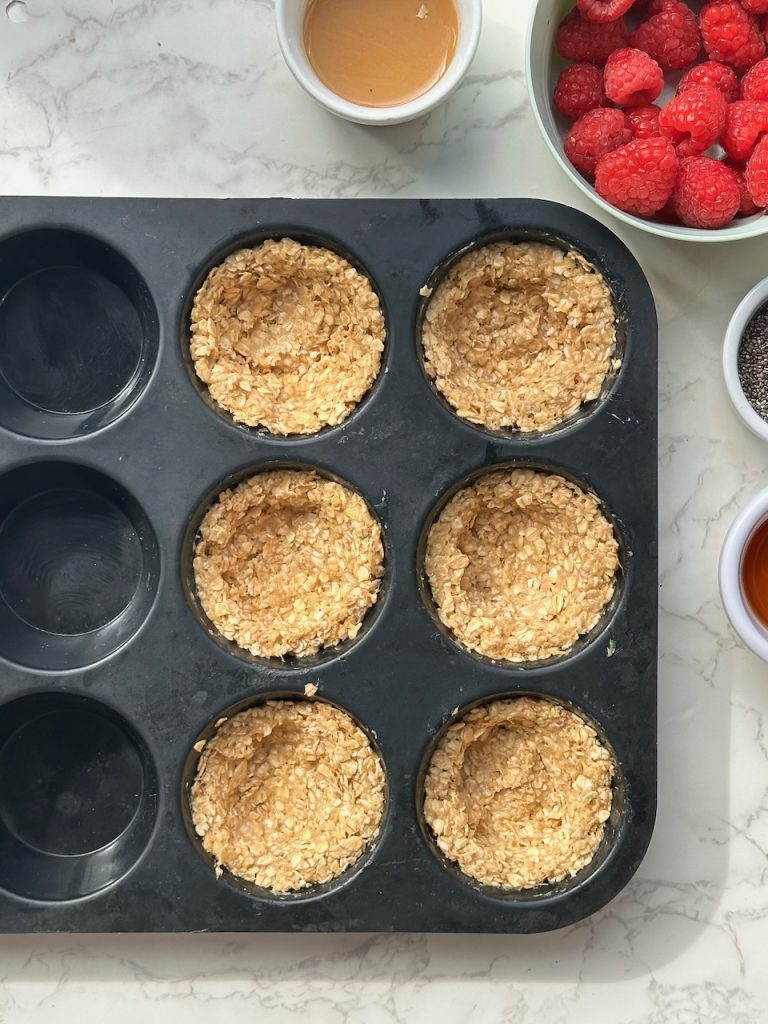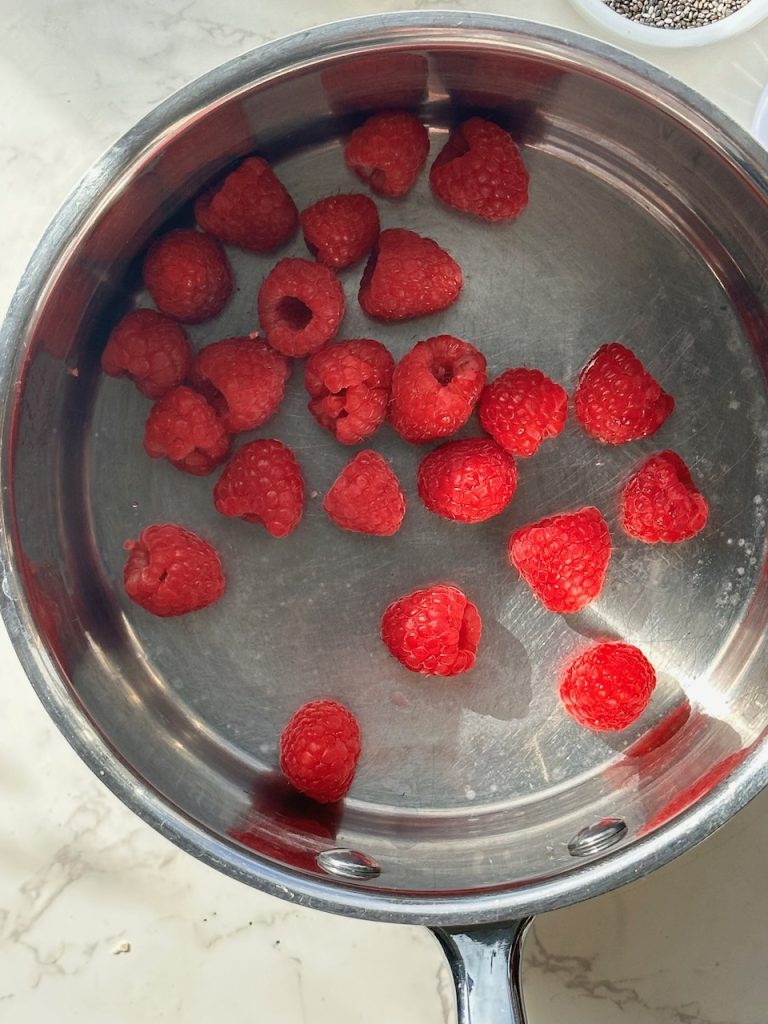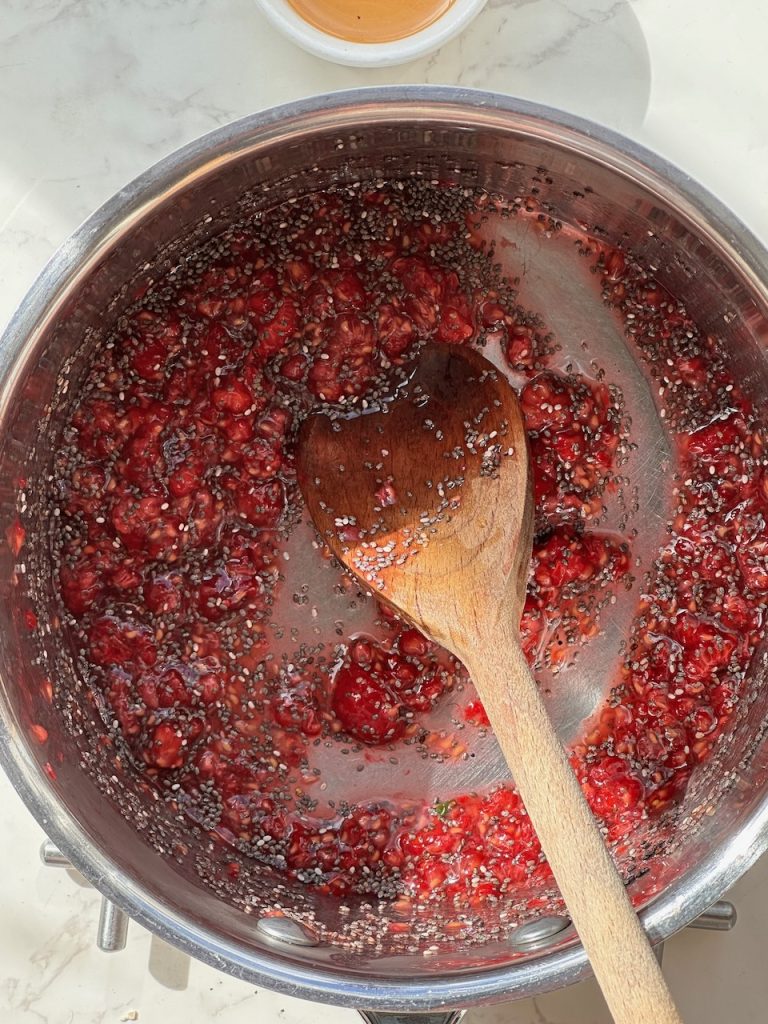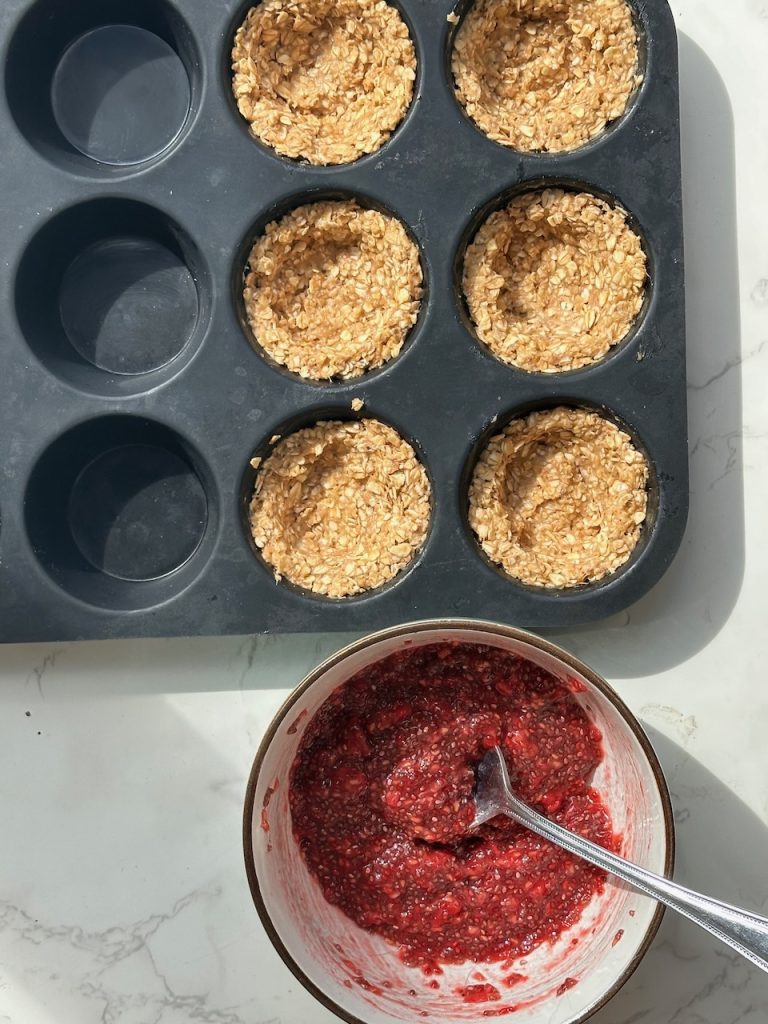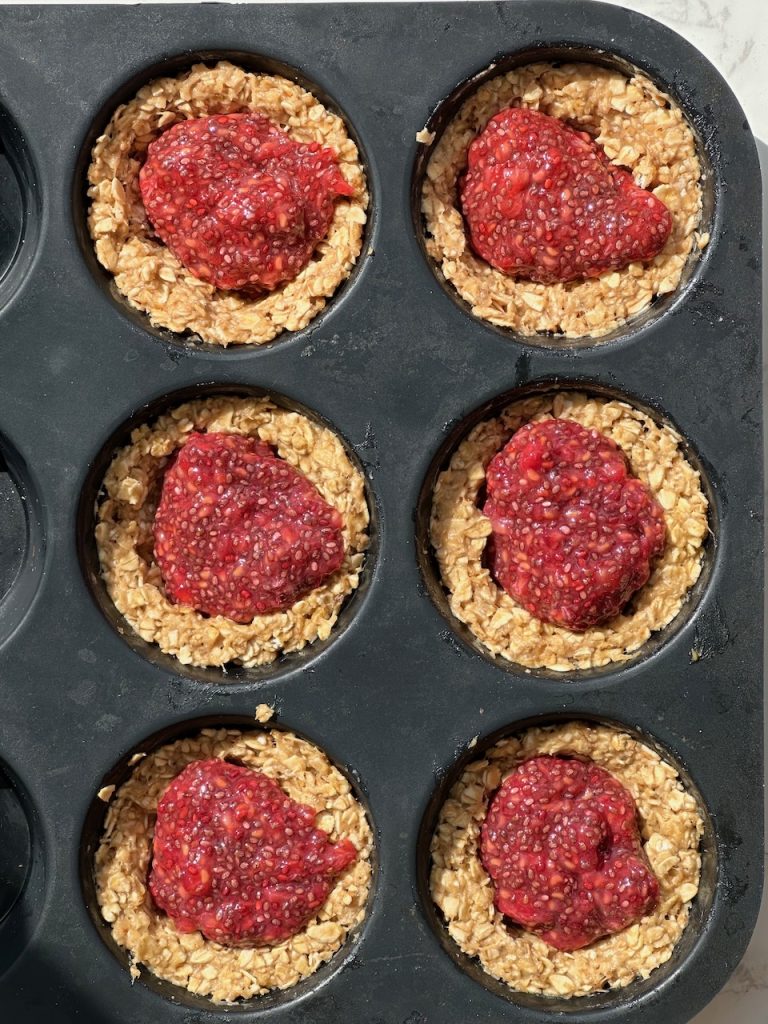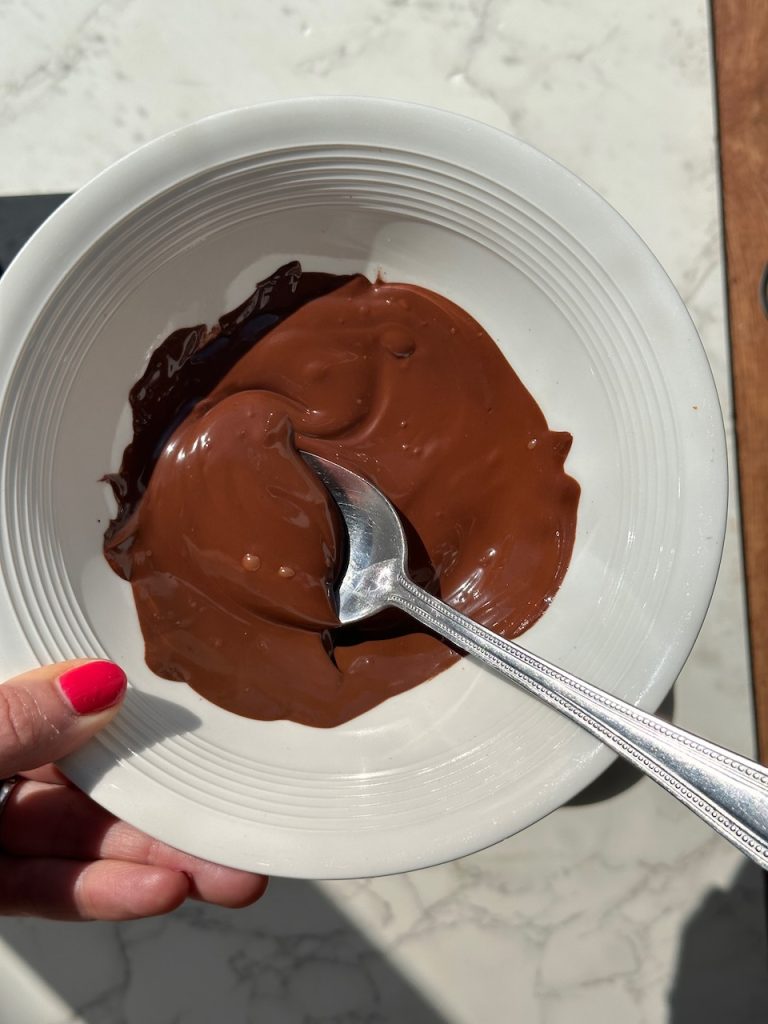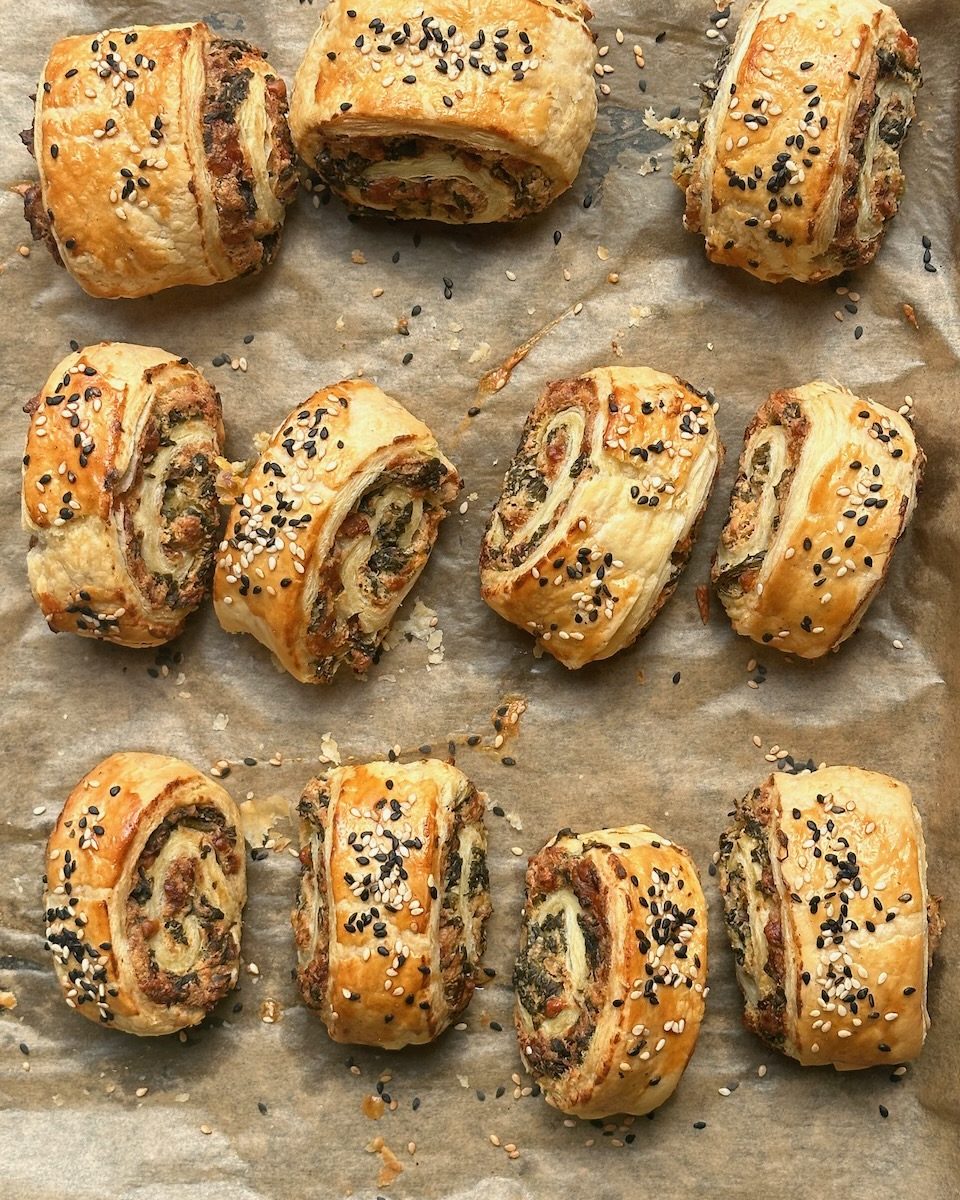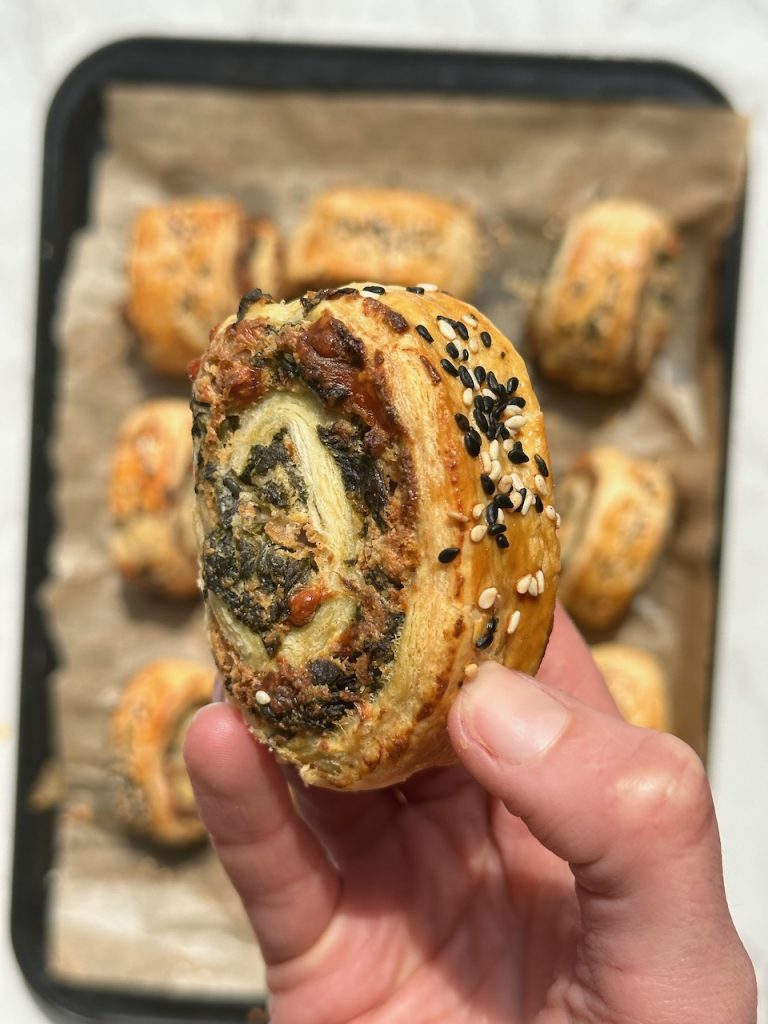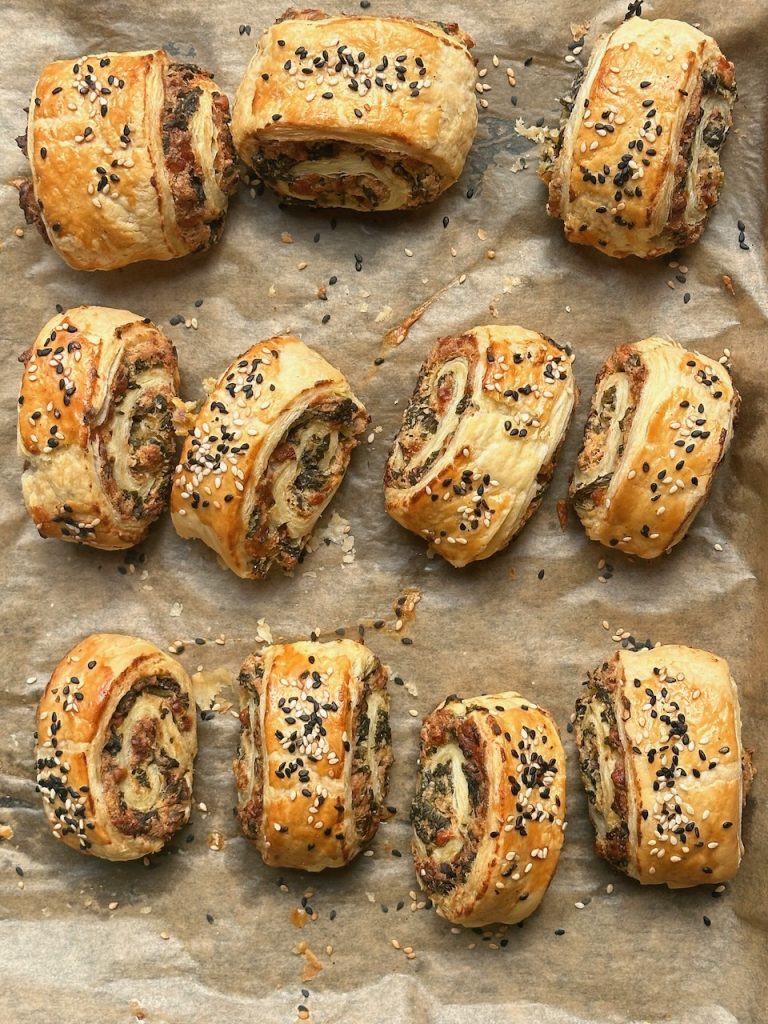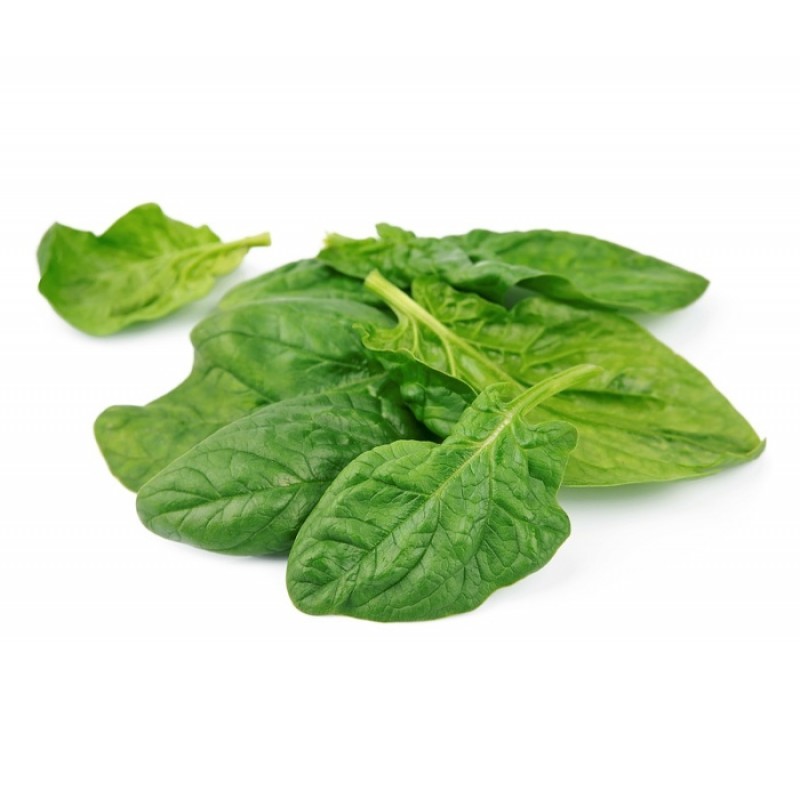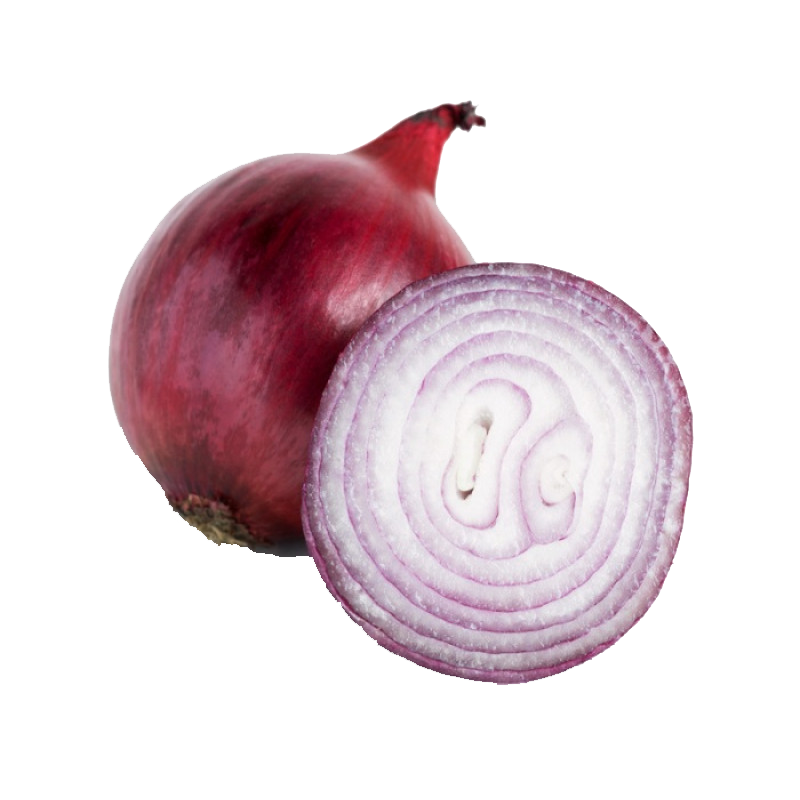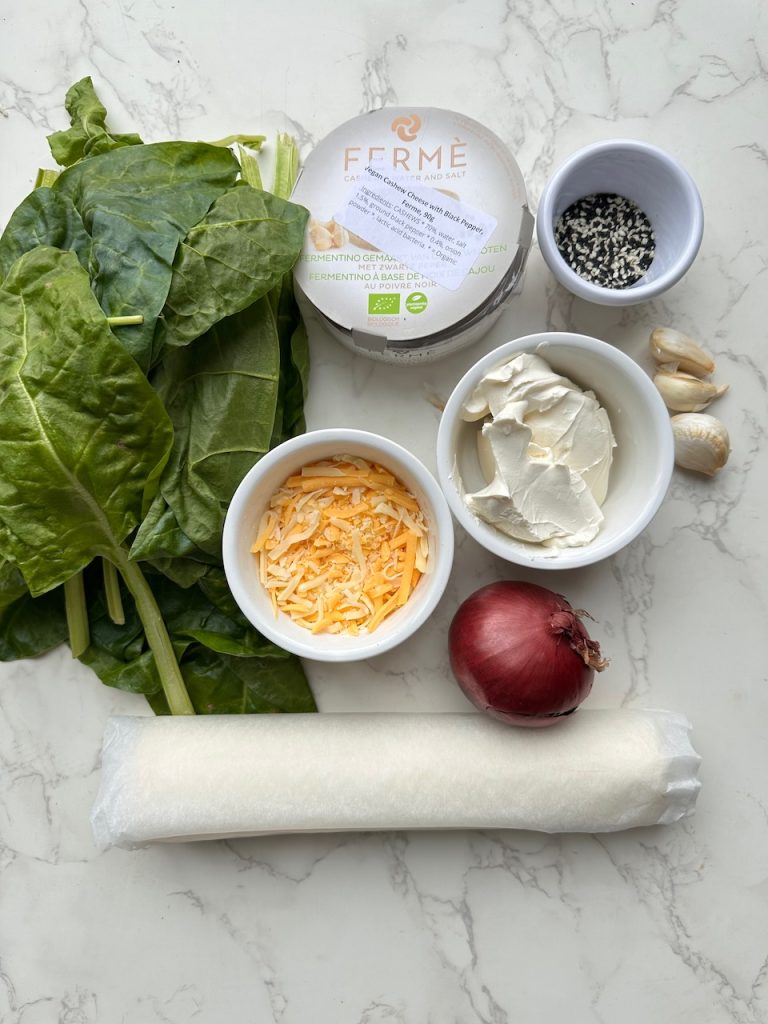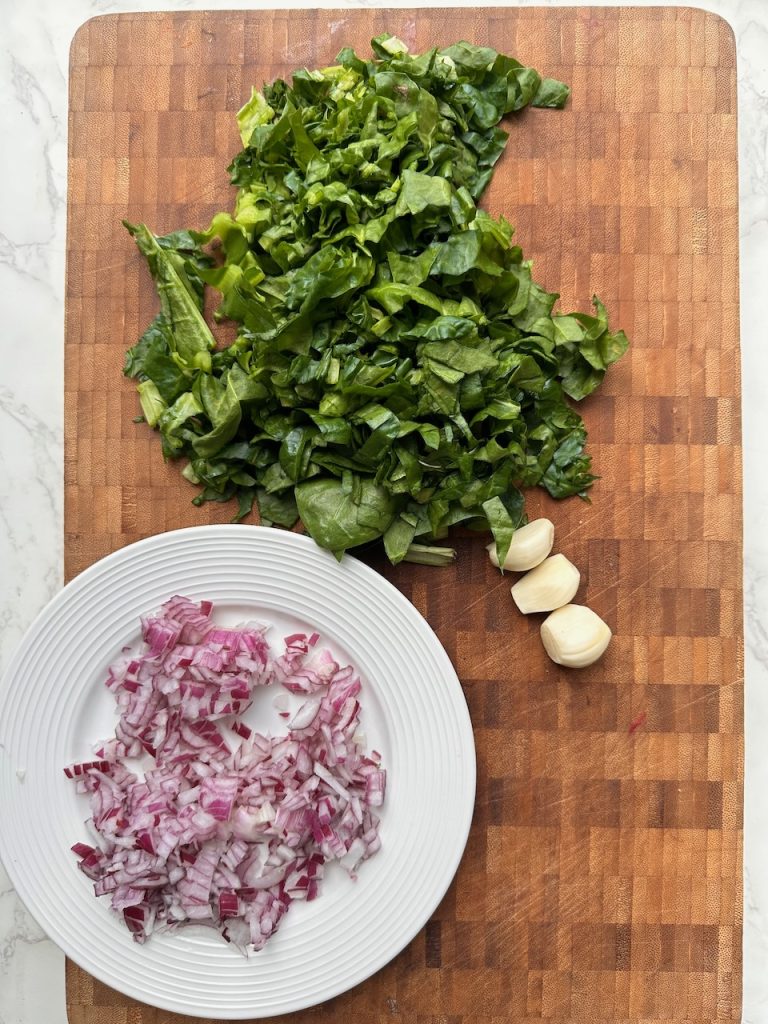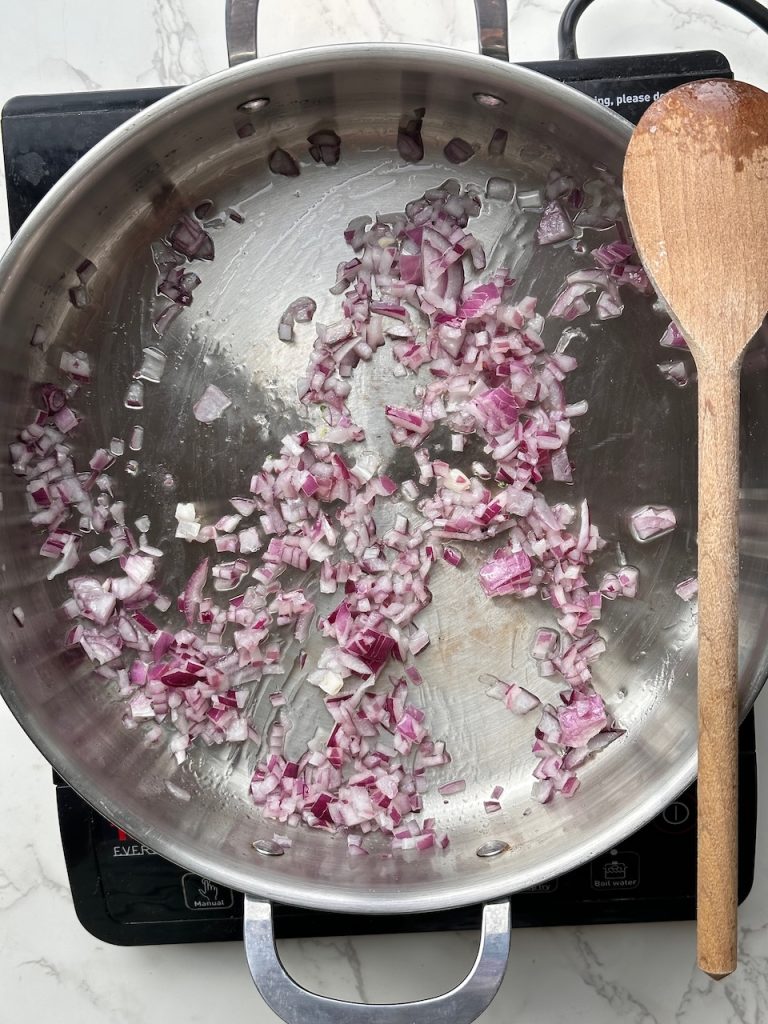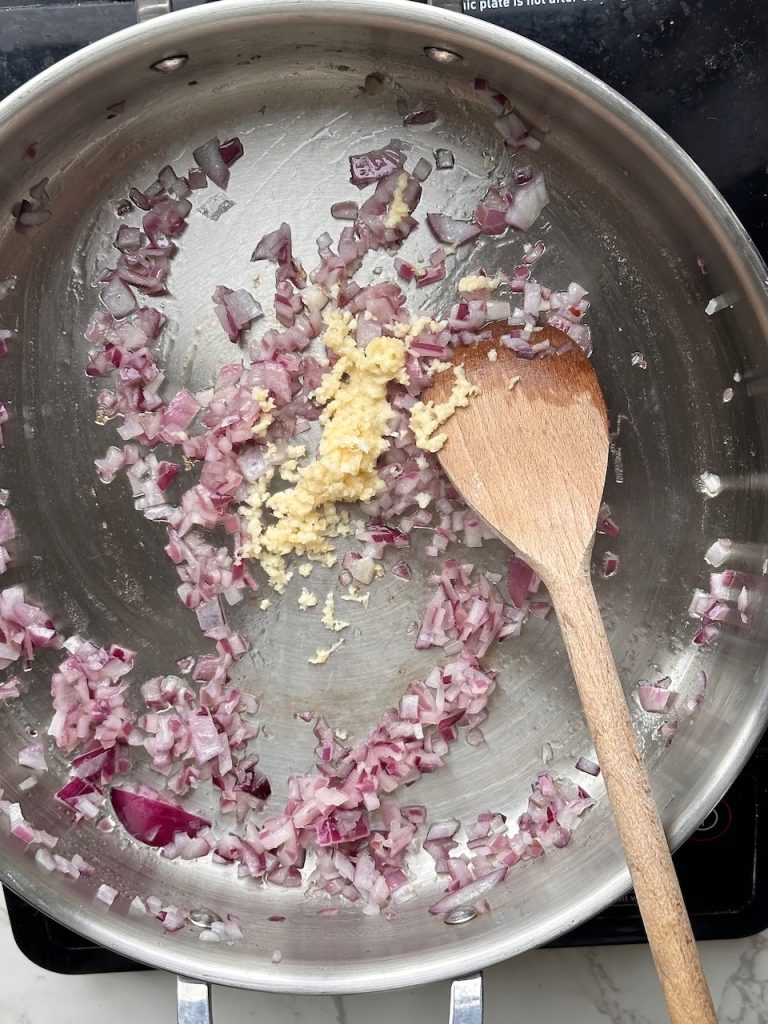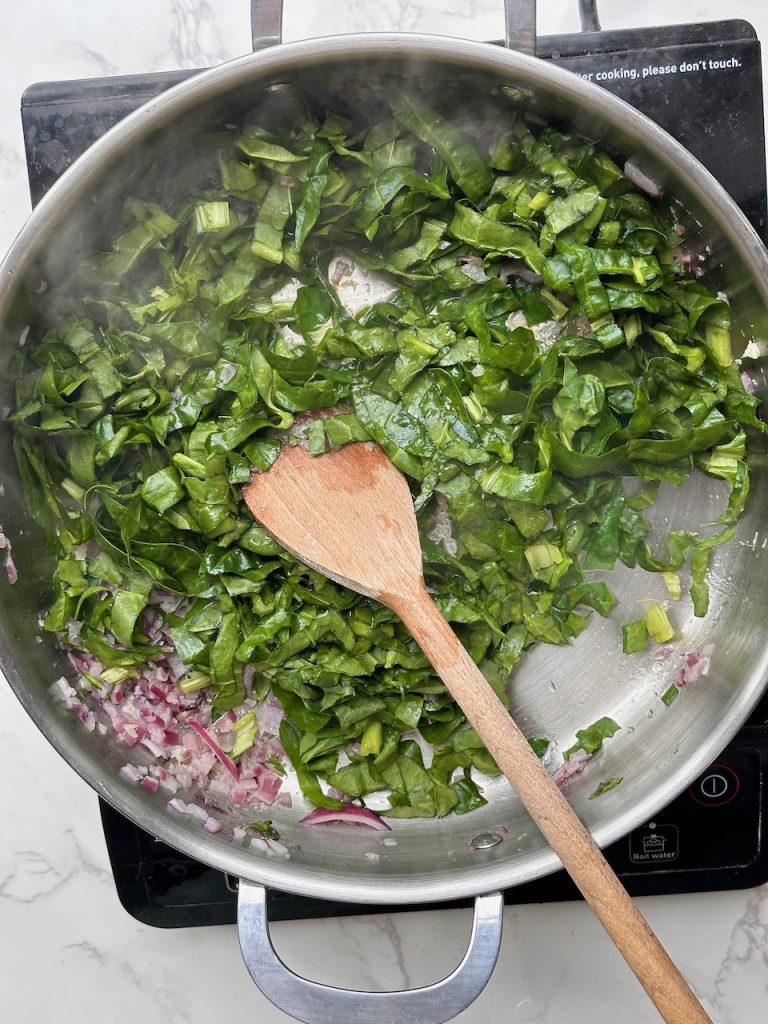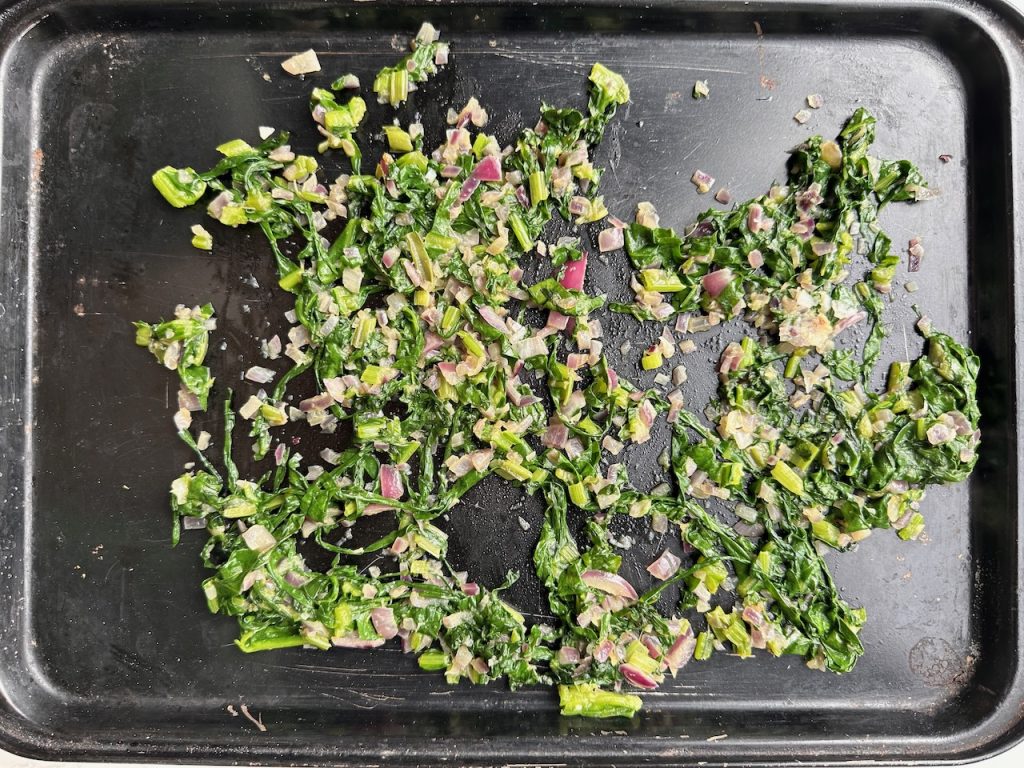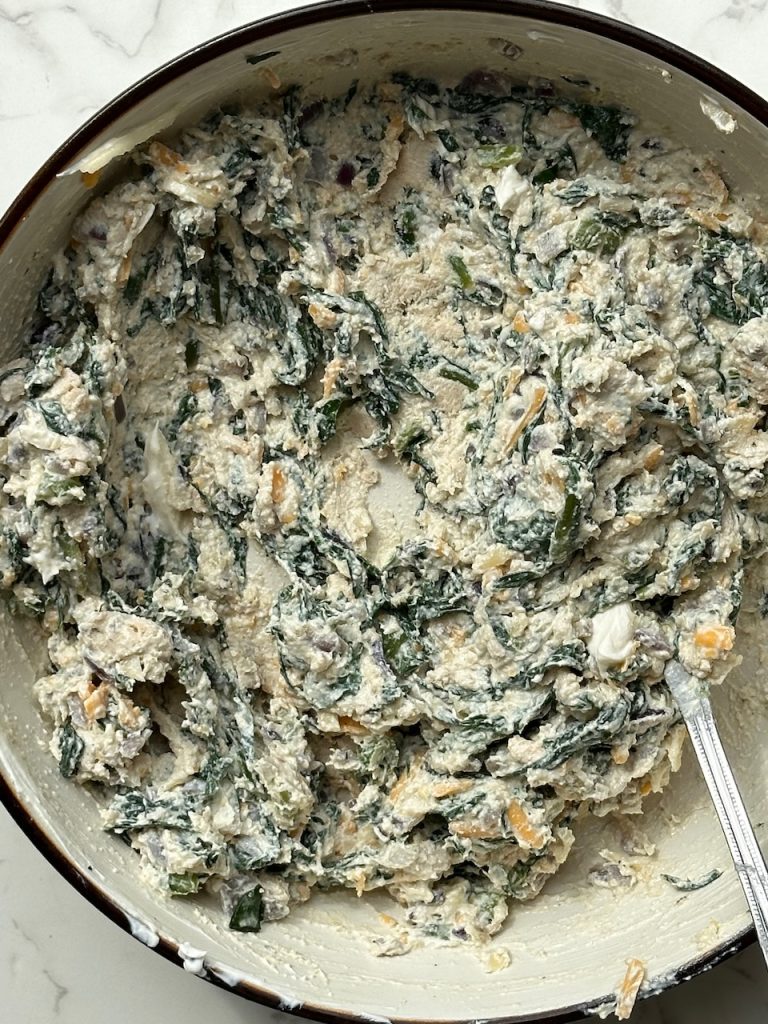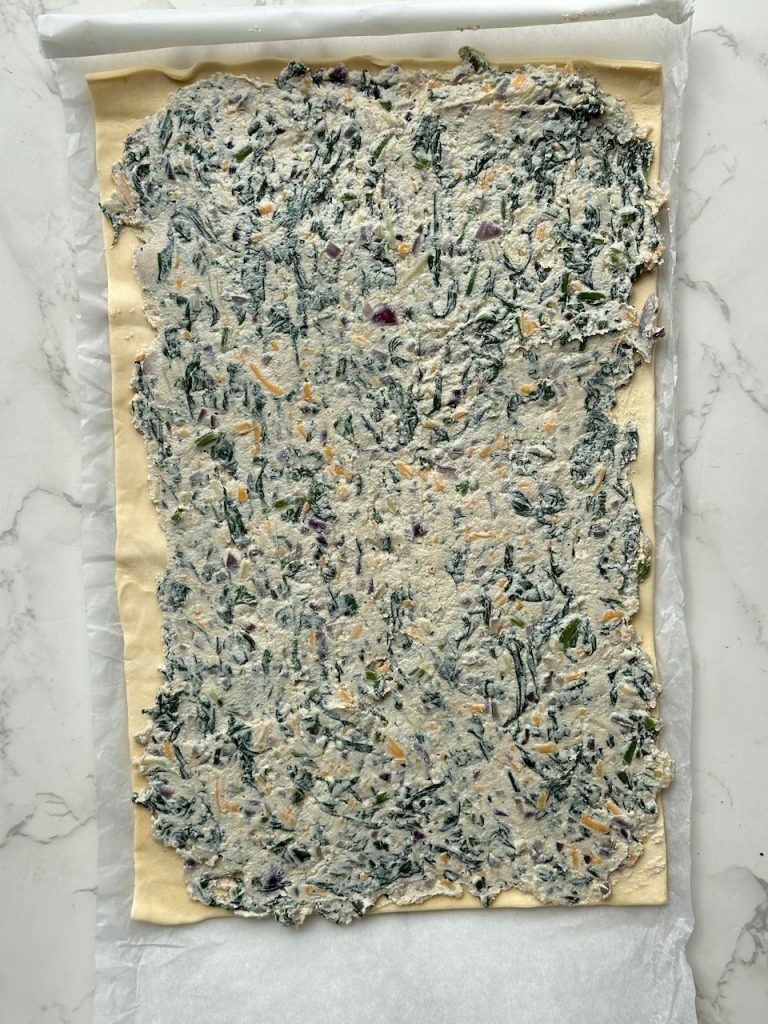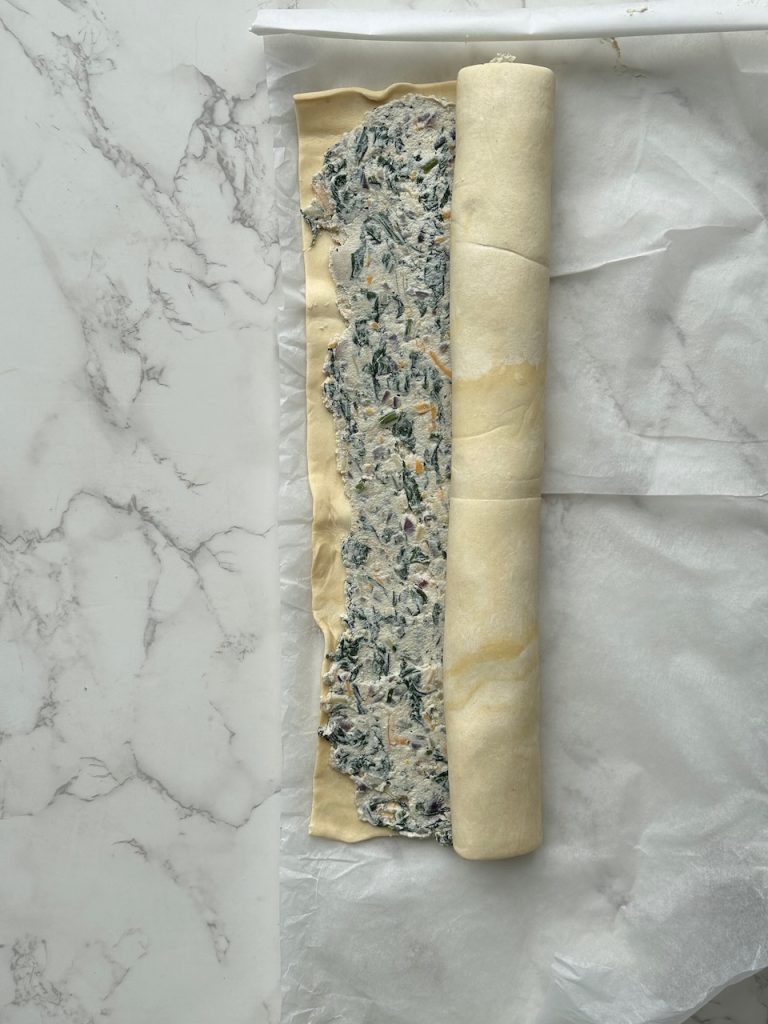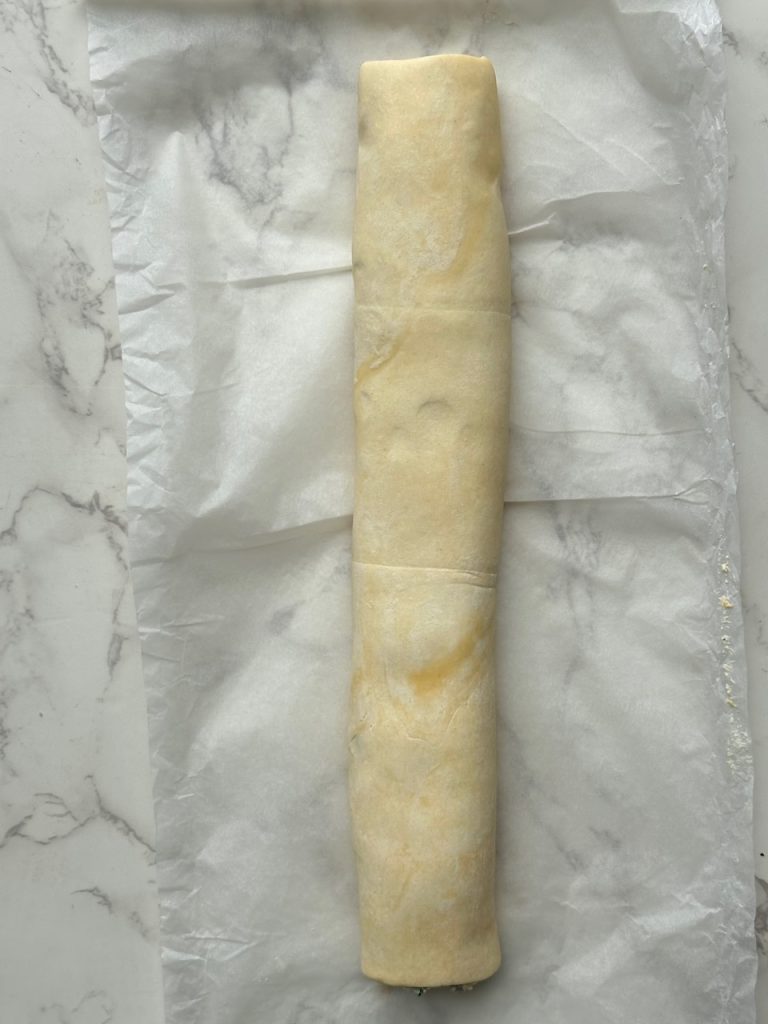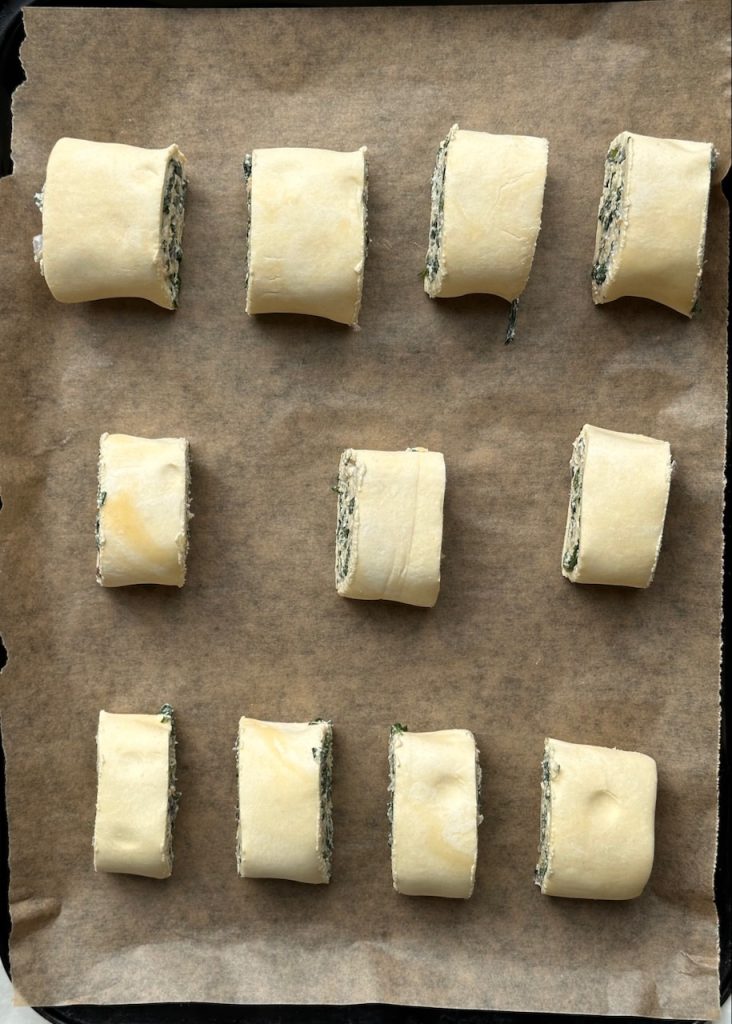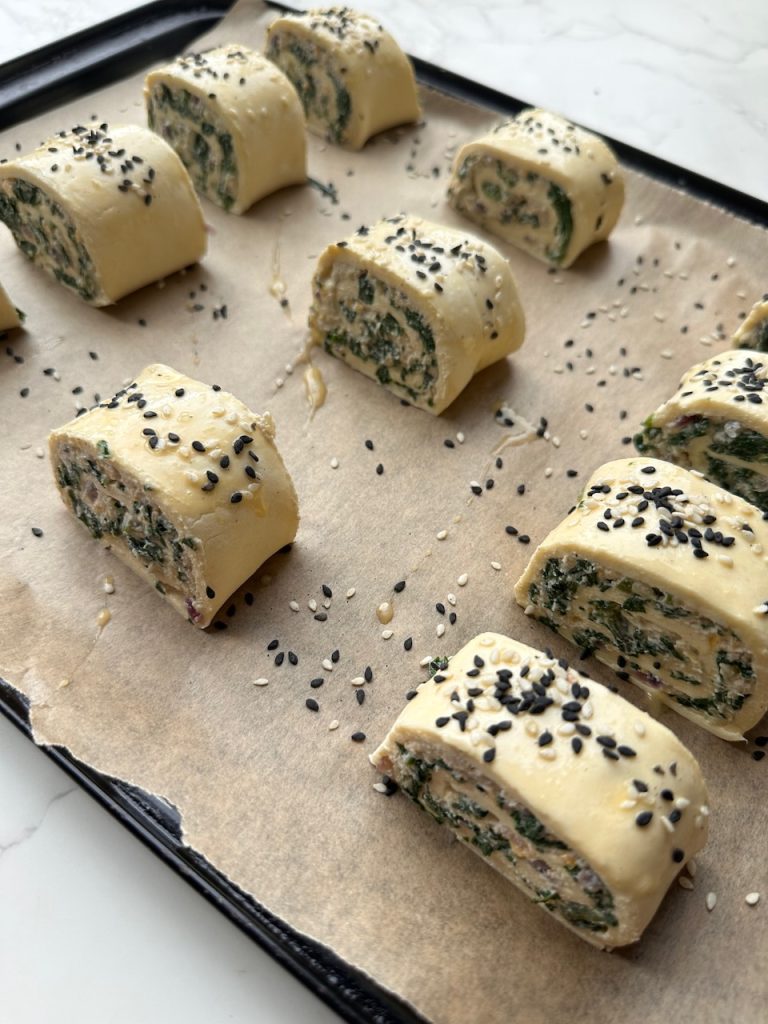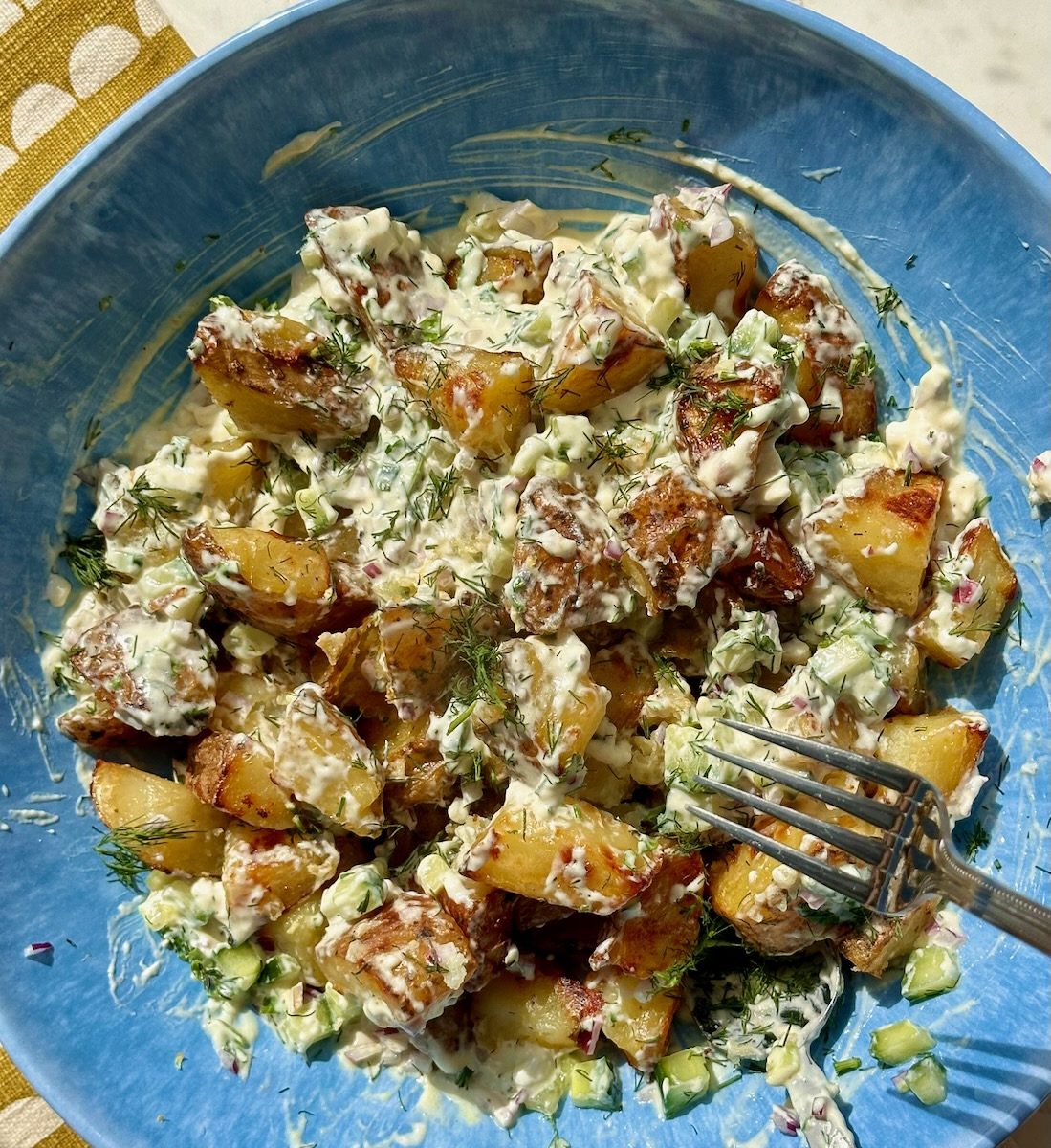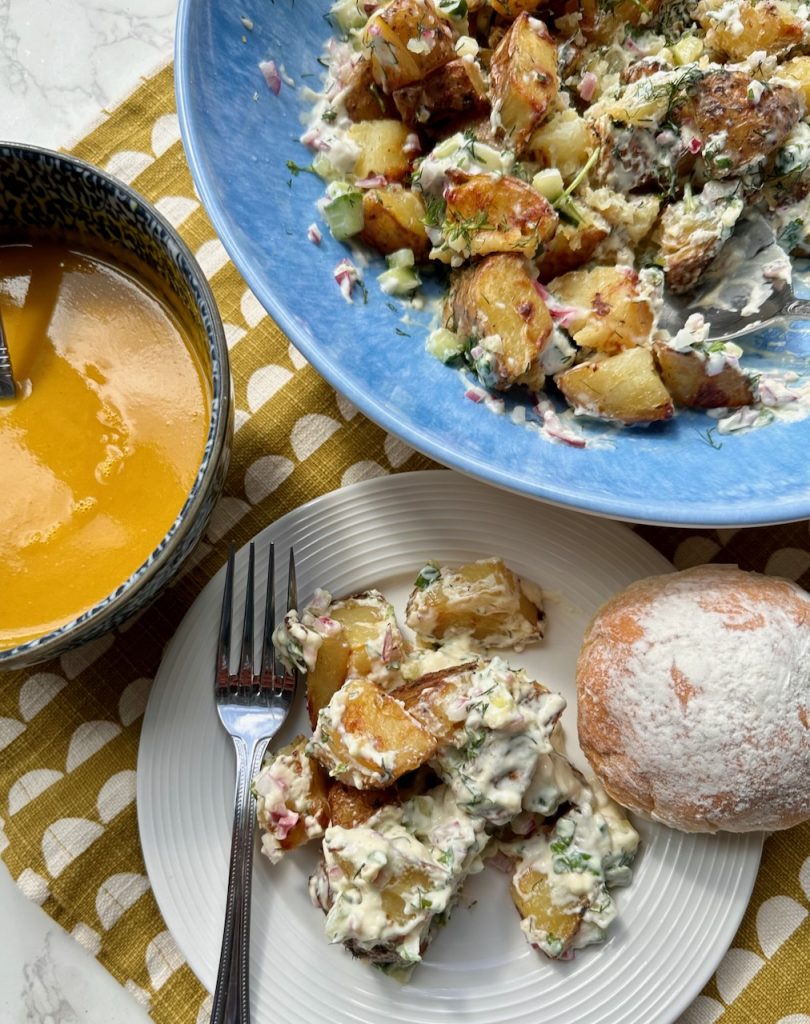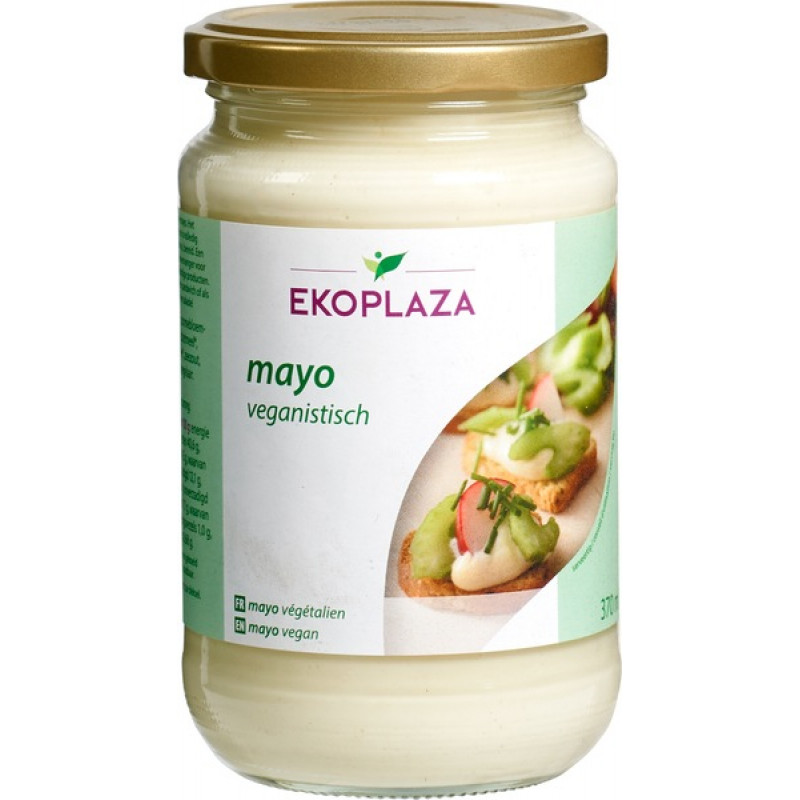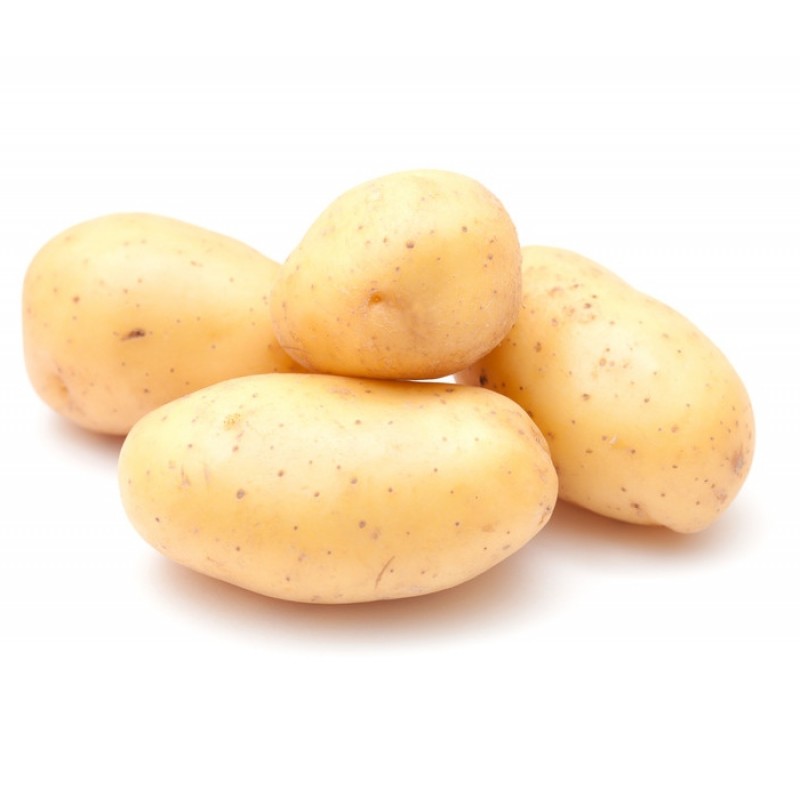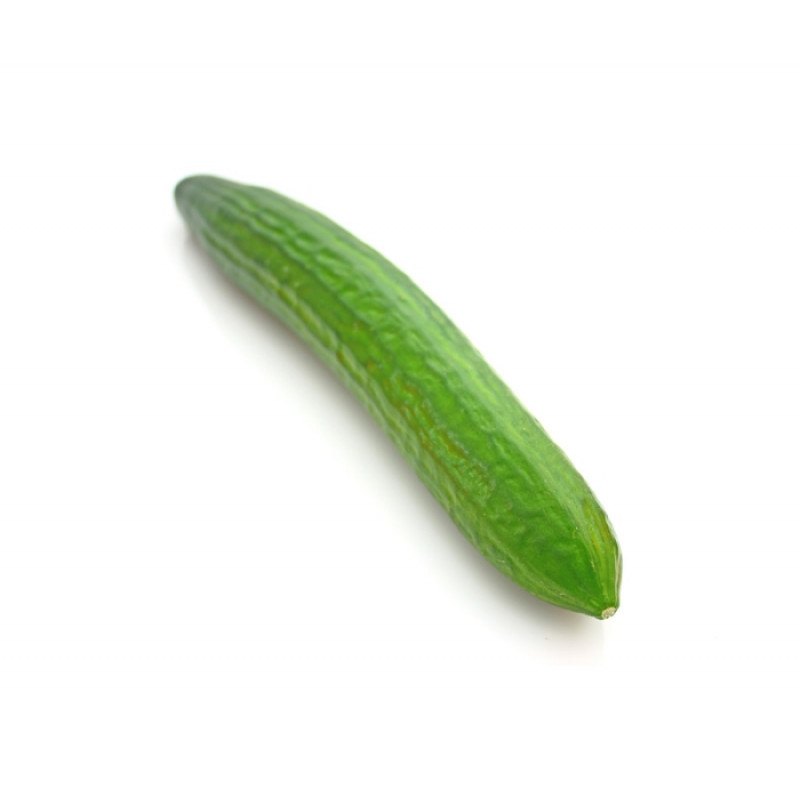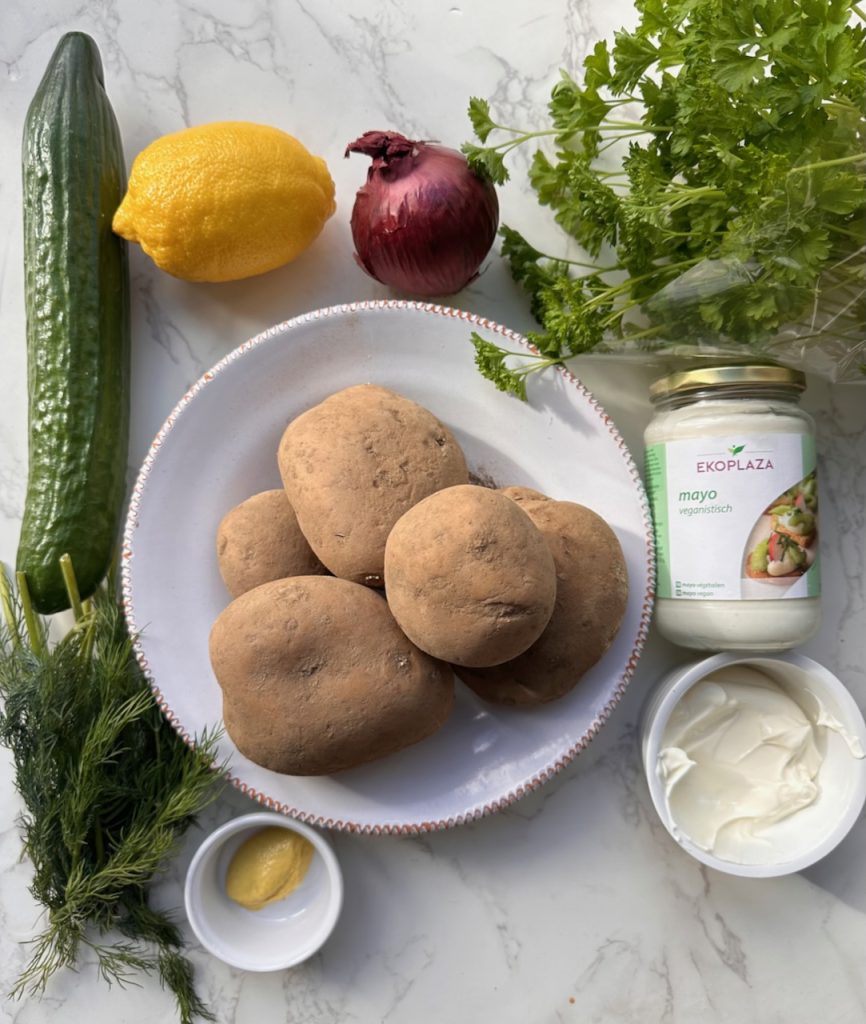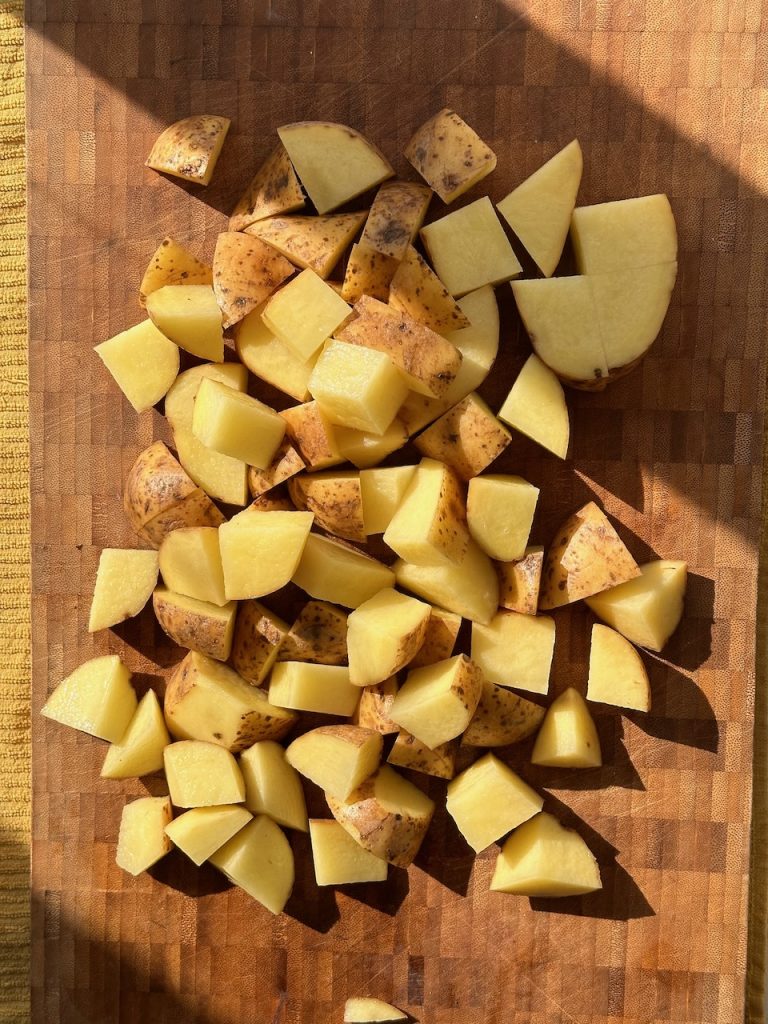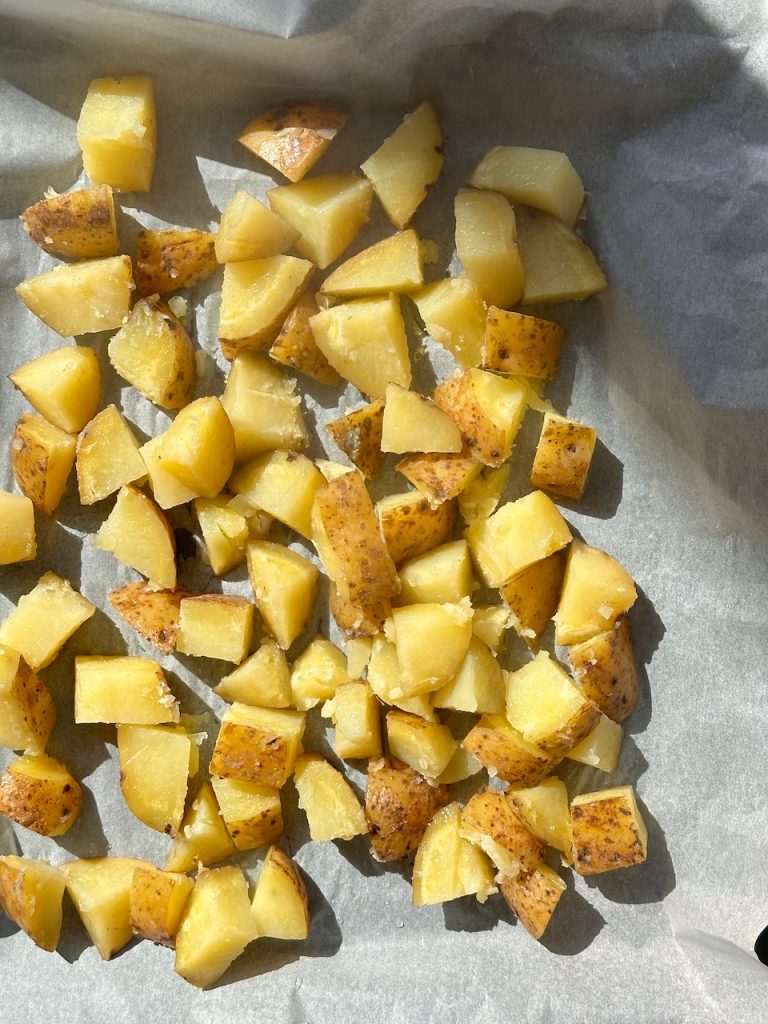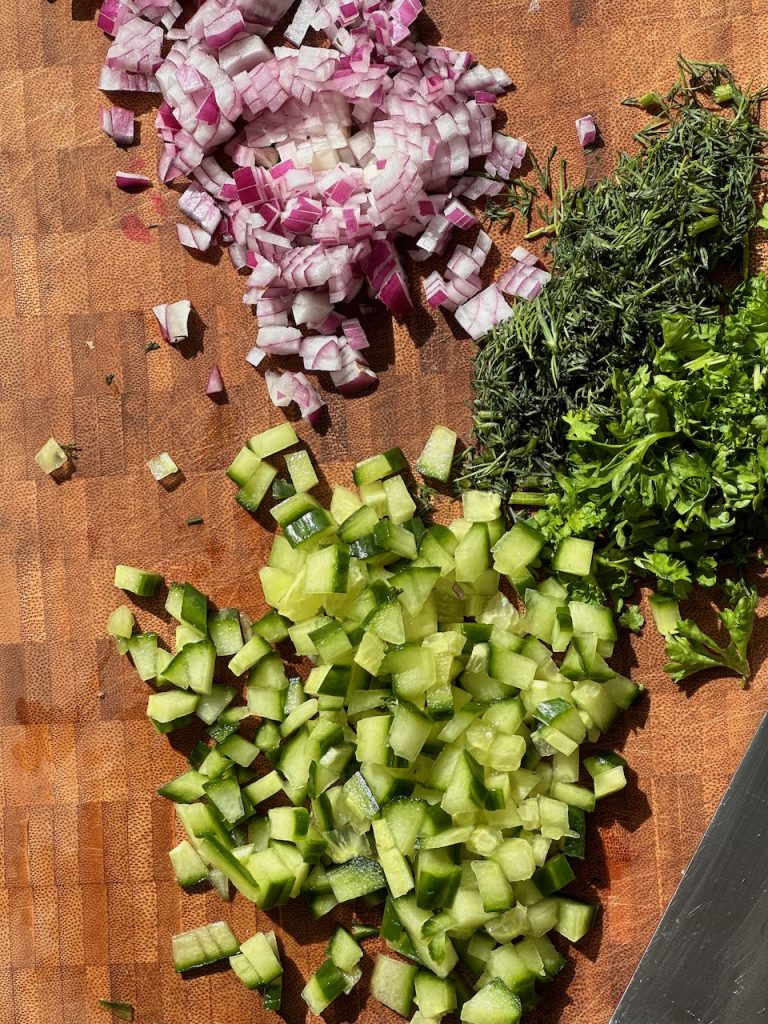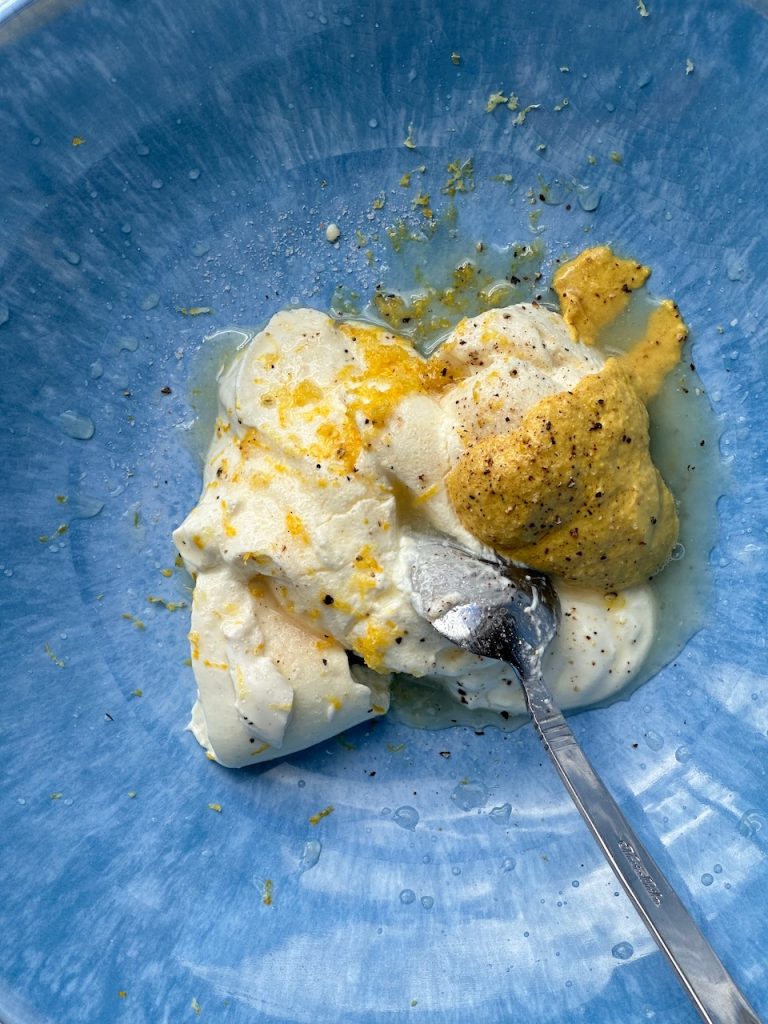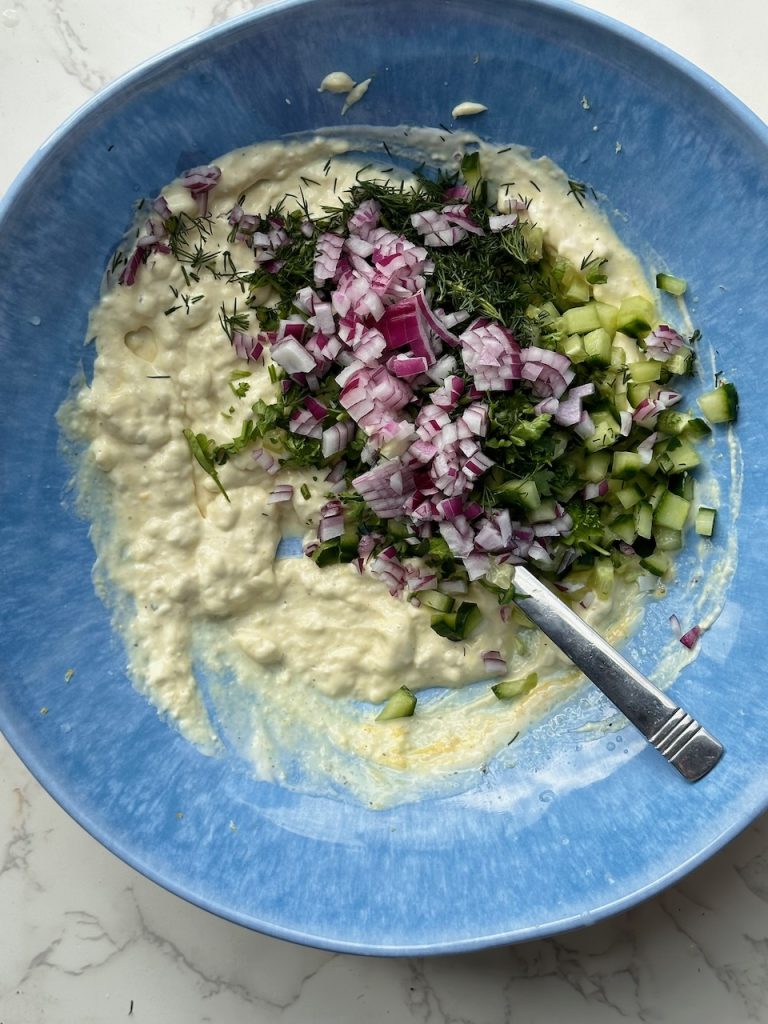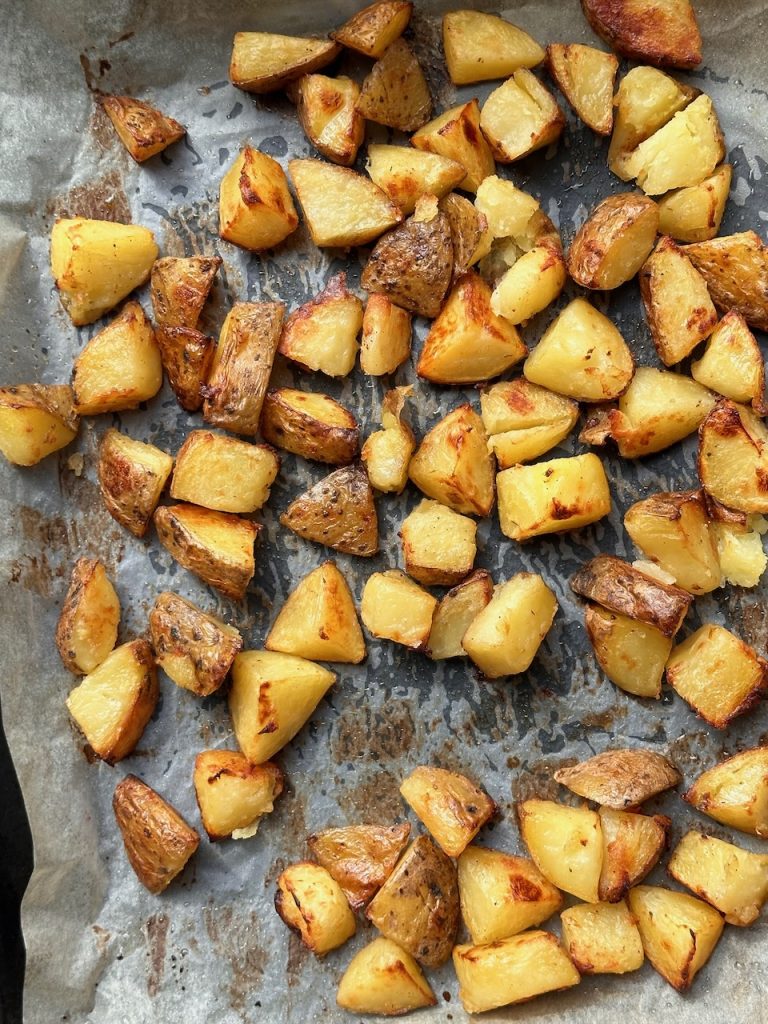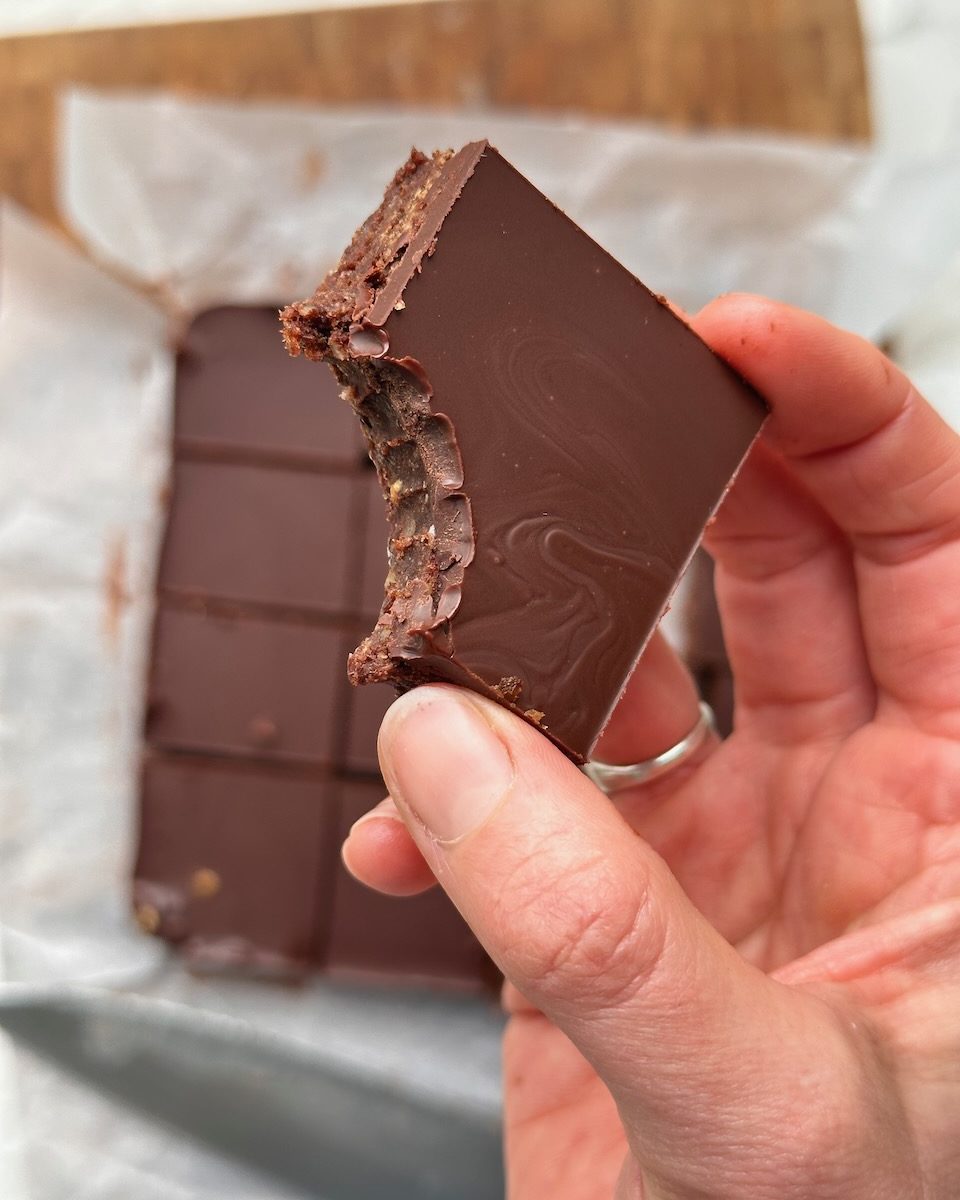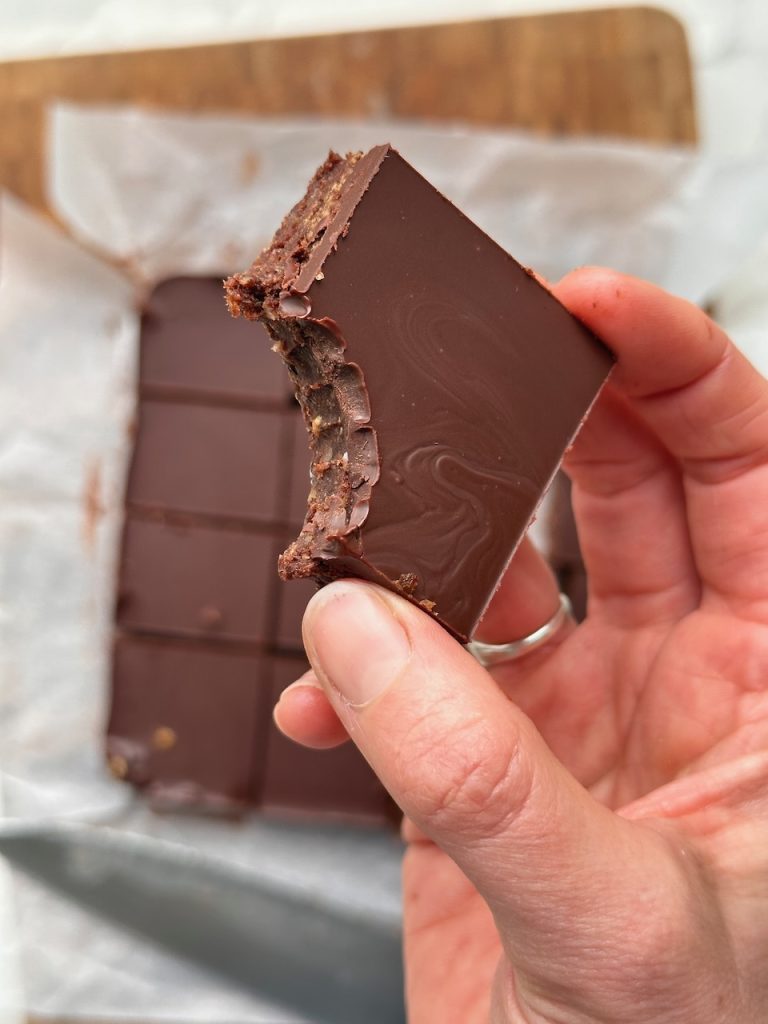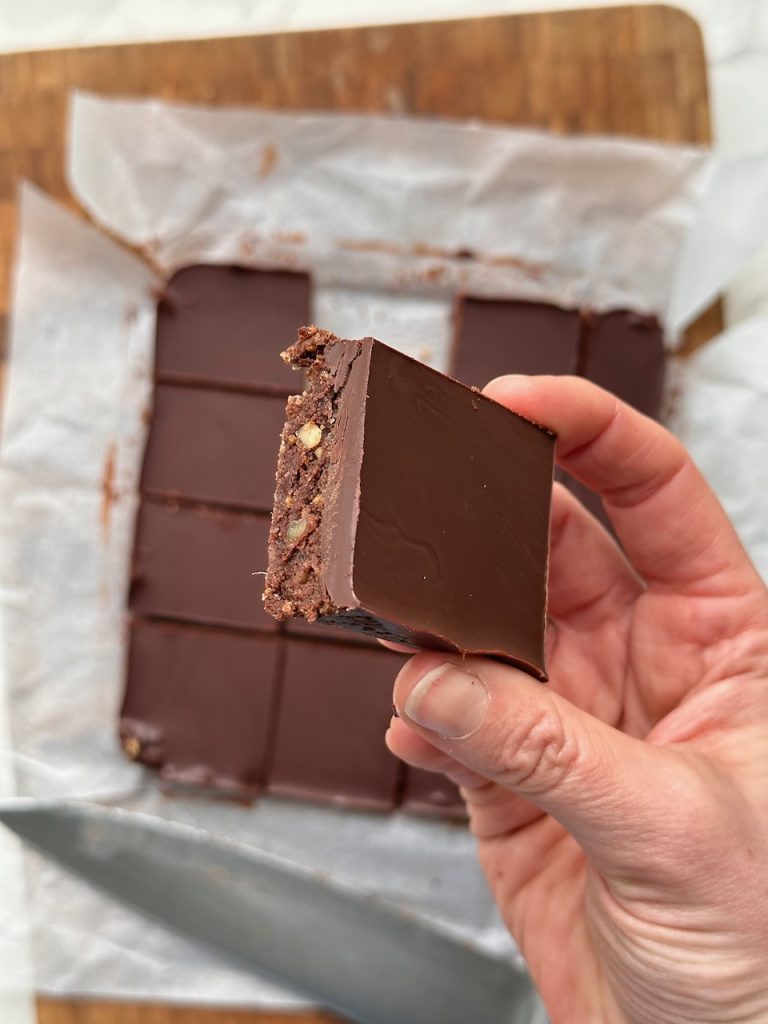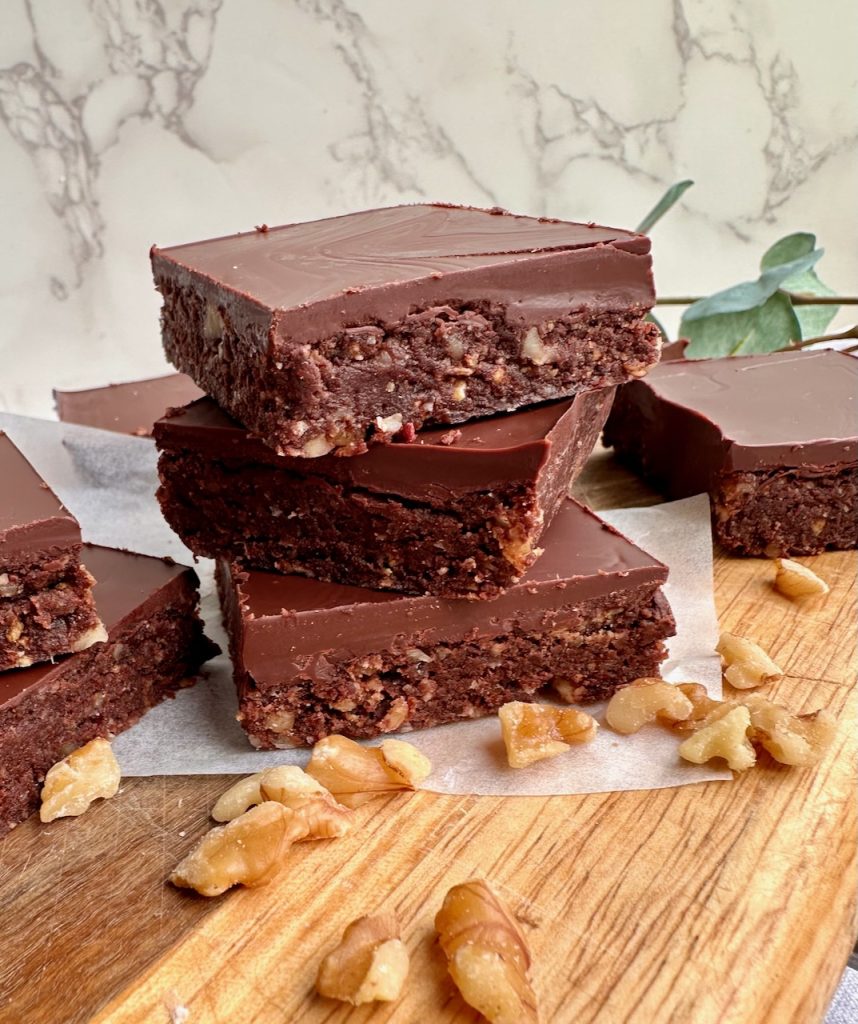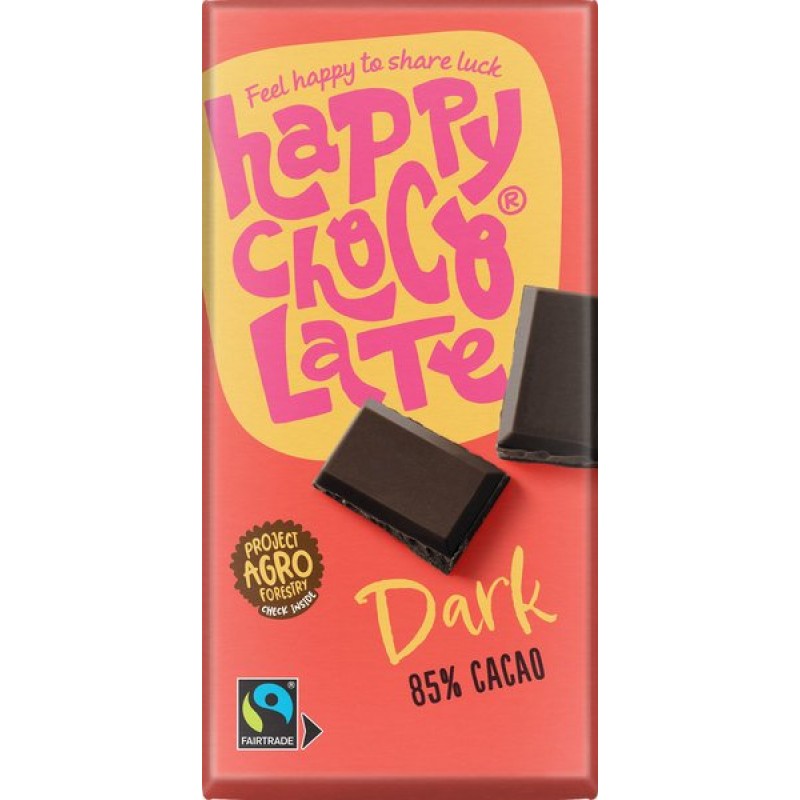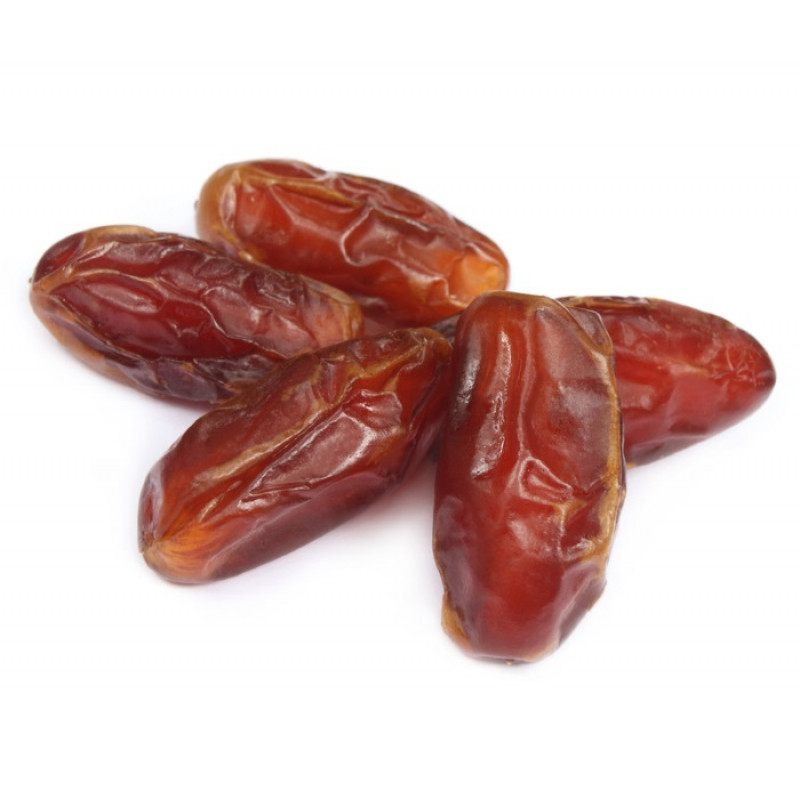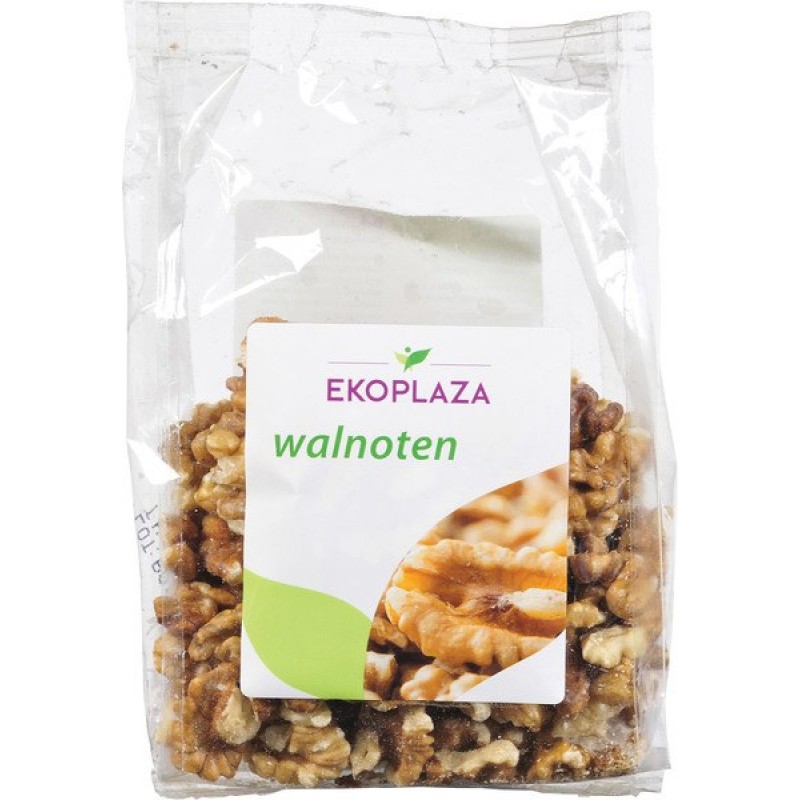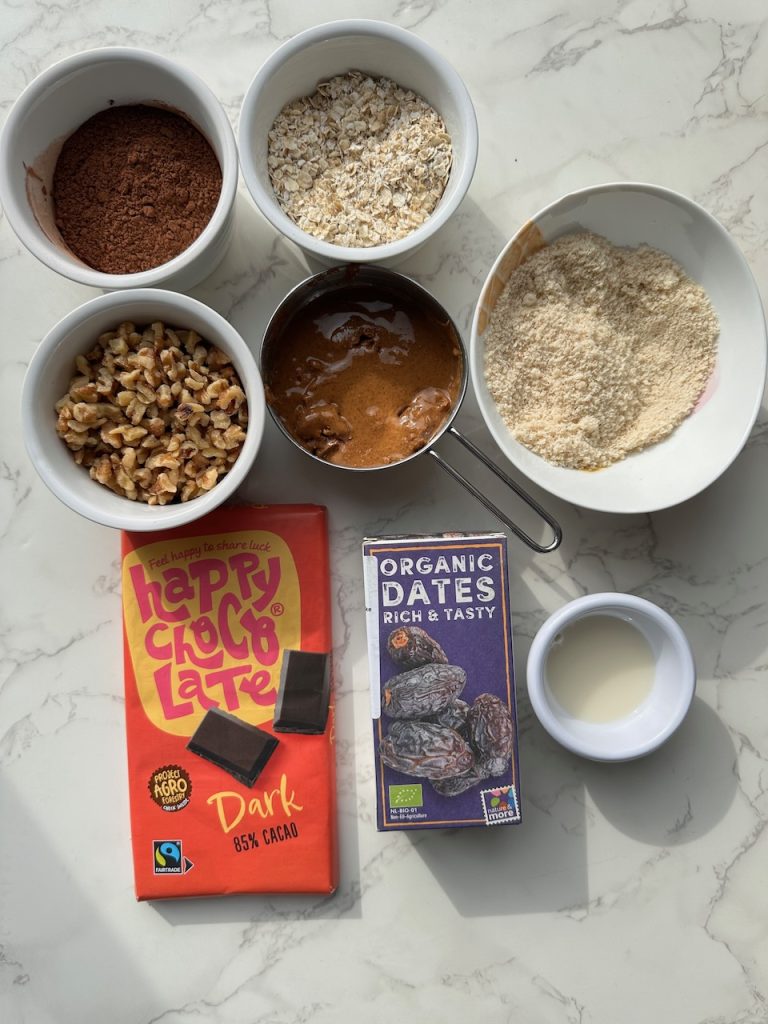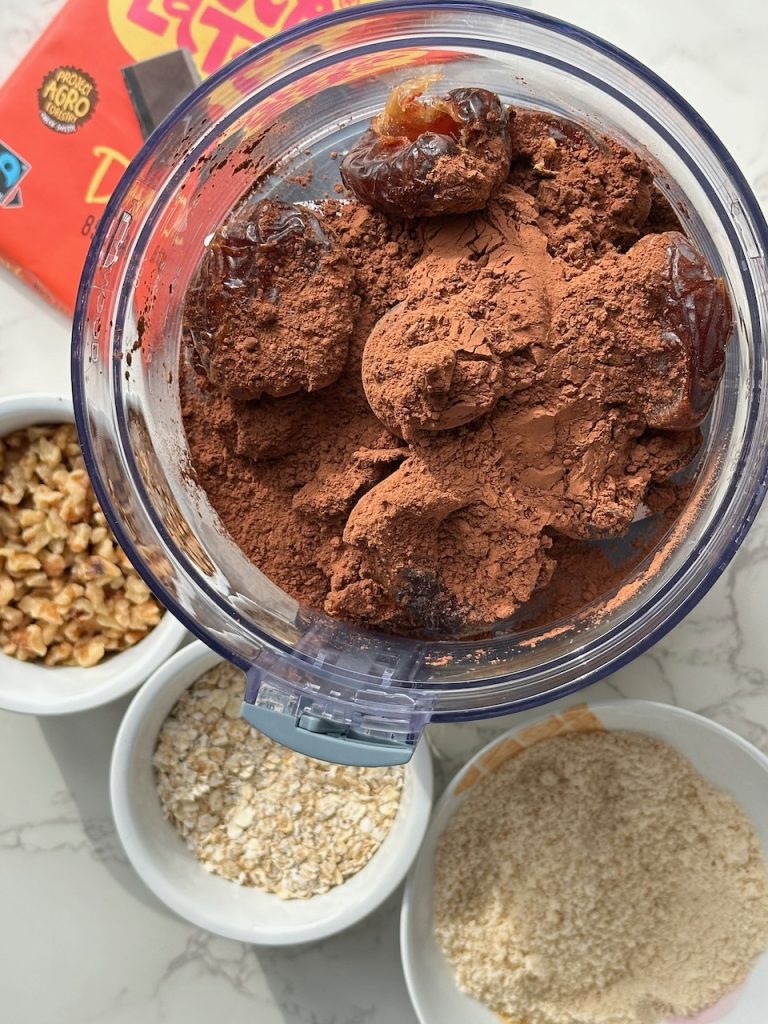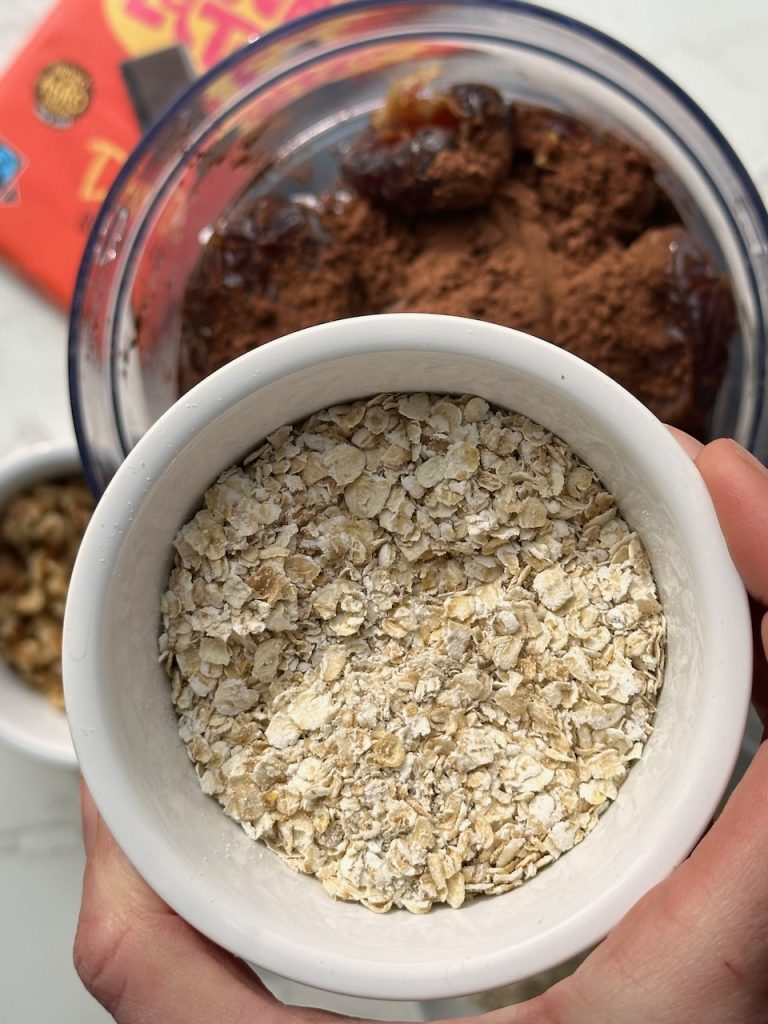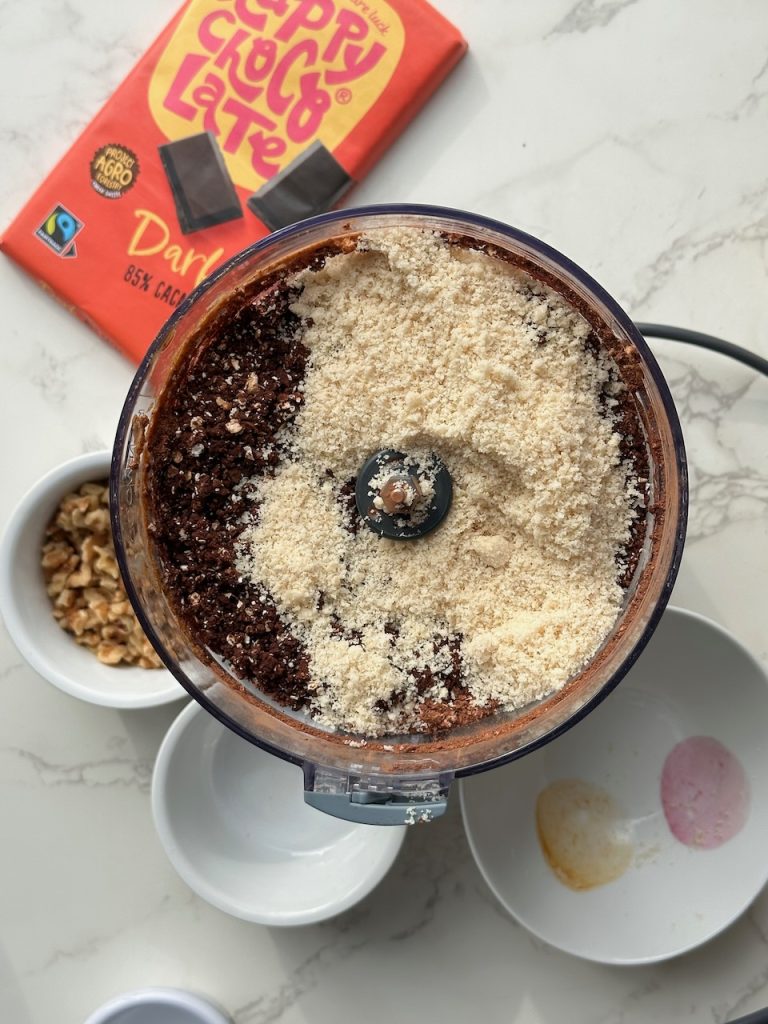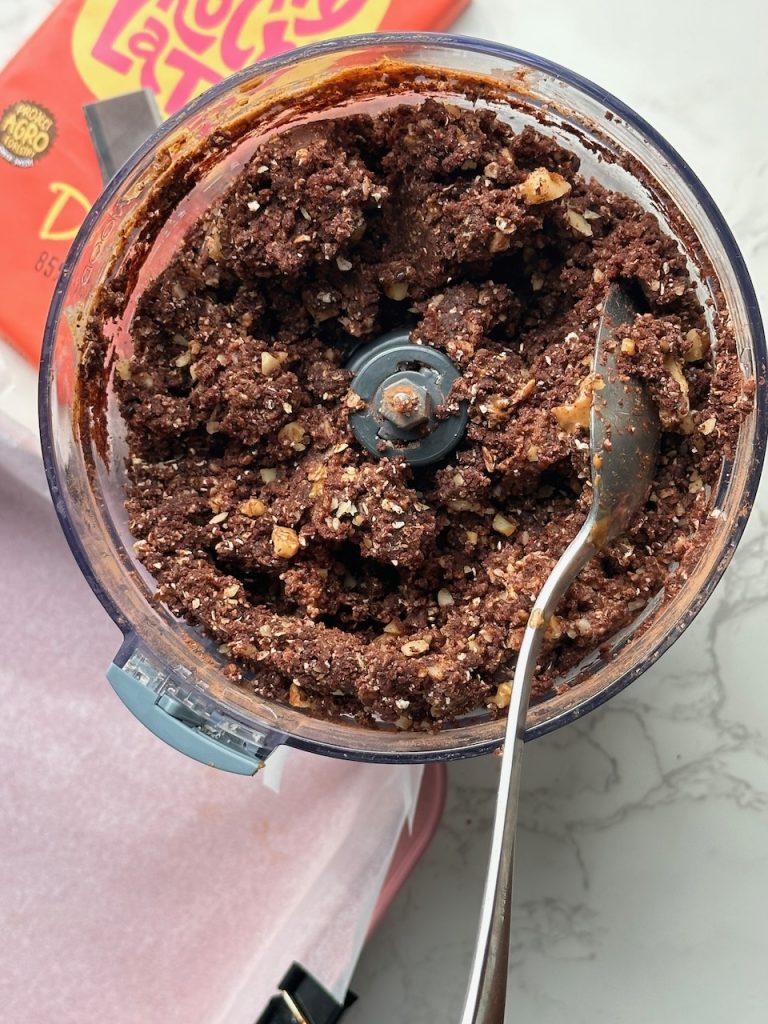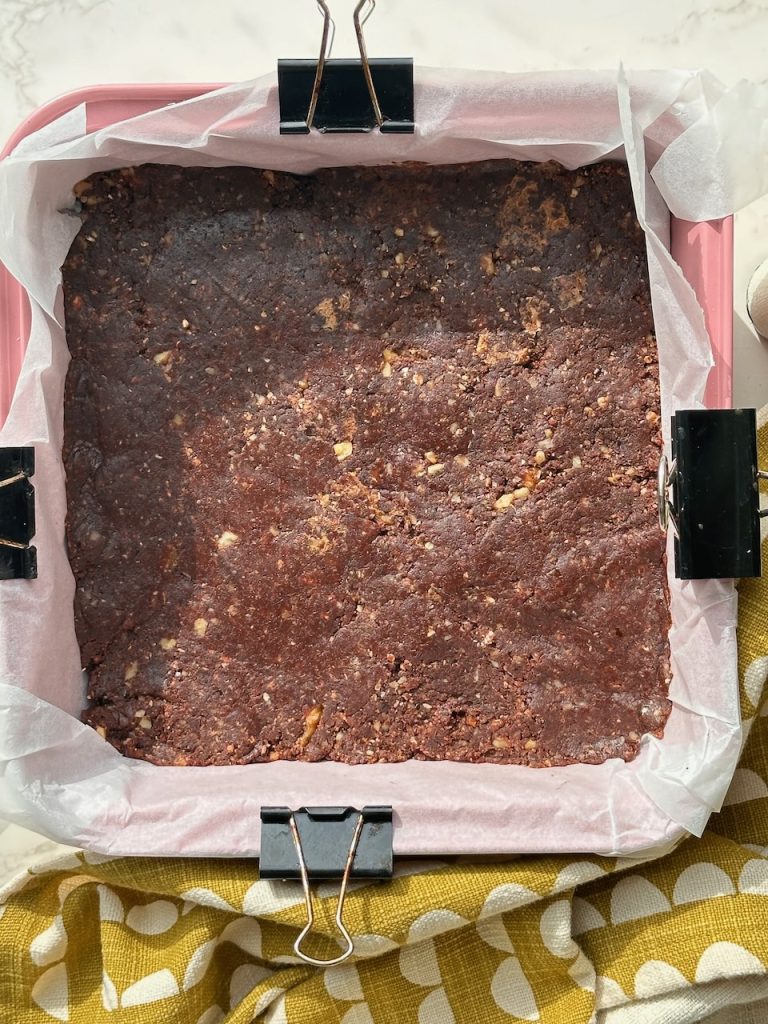
When the veg box is brimming with beautiful colourful veg it’s so great to roast up a pot or tray with diced (veg) plants for a delicious nutritious summer pasta supper.
Our family schedule is jam packed this summer with work and holidays, summer camps and playdates. One pot meals are fantastic. Adding lots of organic vegetables to your meals gives everyone a healthy boost that’s needed to get through the busy day.
Make the most of the plants in your veg box this week.
Lou x
Ps The roast bulb of garlic can be added to the pasta or used to mix into butter for your bread.
Ingredients: serves 4
- olive oil
- 12 x cherry tomatoes (250g), quartered
- ½ courgette, diced 1cm
- ½ red pepper, diced 1cm
- 2 small sweet potato, diced 1cm
- 1 red onion, diced 1cm
- 1 bulb garlic, top cut off exposing the cloves
- 300g dried spaghetti or any pasta
- 750ml hot veg stock
- 2 tablespoons tomato puree
- salt and pepper to taste
- To serve:
- 3 tablespoons butter, softened (50g)
- seedy bread toasted
- basil leaves
Method:
Step 1: Preheat the oven 200ºC. Chop and prepare all the veg. Using a wide pot or deep tray add the diced onions, cherry tomatoes, red pepper, sweet potato, courgette and bulb of garlic. Drizzle with olive oil, sprinkle with salt and pepper and put it in the oven to roast for 30 minutes. Checking half way through, add more oil to the garlic if needed.
Step 2: Make the hot veg stock in a jug and stir in the tomato puree. When the veg is roasted put the roast garlic to one side. Make a space in the middle of the pot for the pasta then pour over the hot tomato stock. Put a lid on the pot if you have one, or cover with foil and either return the pot to the oven for 30-40 minutes or cook on the hob on a medium heat until the pasta is cooked.
Step 3: Make the roast garlic butter. Wait until the garlic is cool enough to handle then squeeze out the cloves of garlic and mash into the butter.
Step 4: Toast the seedy bread and spread it with the roast garlic butter, serve with a bowl of plant powered pasta and some fresh basil leaves.







